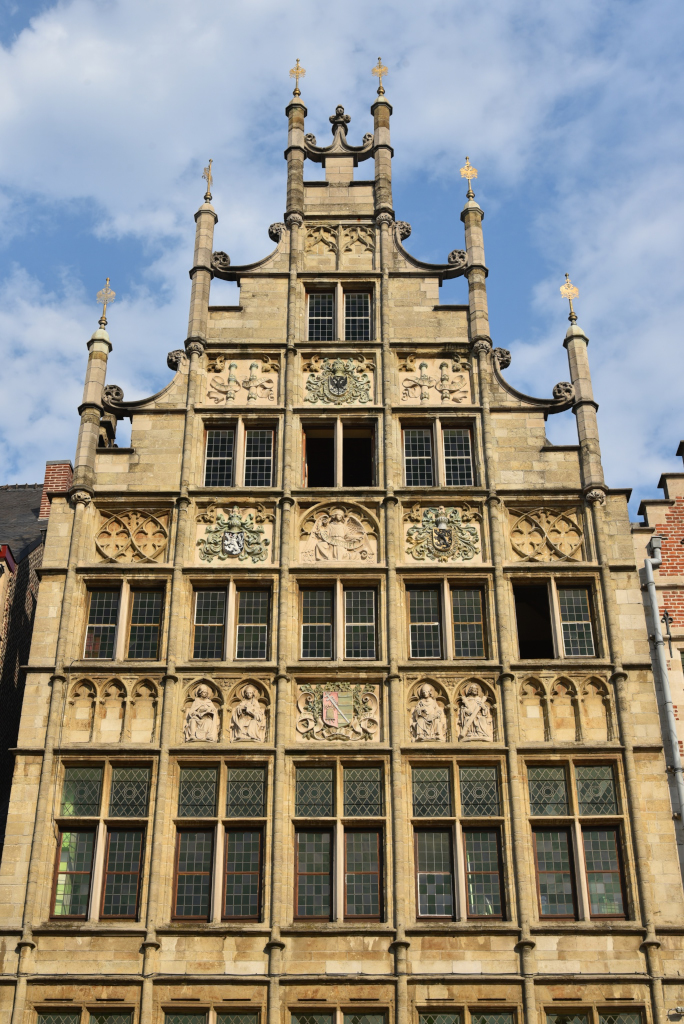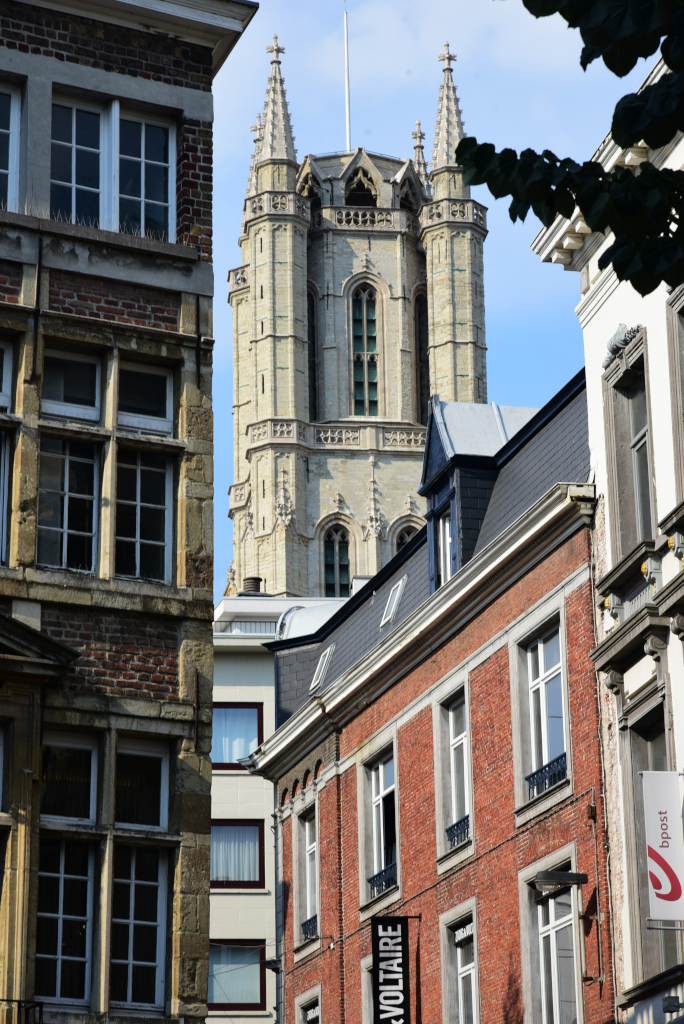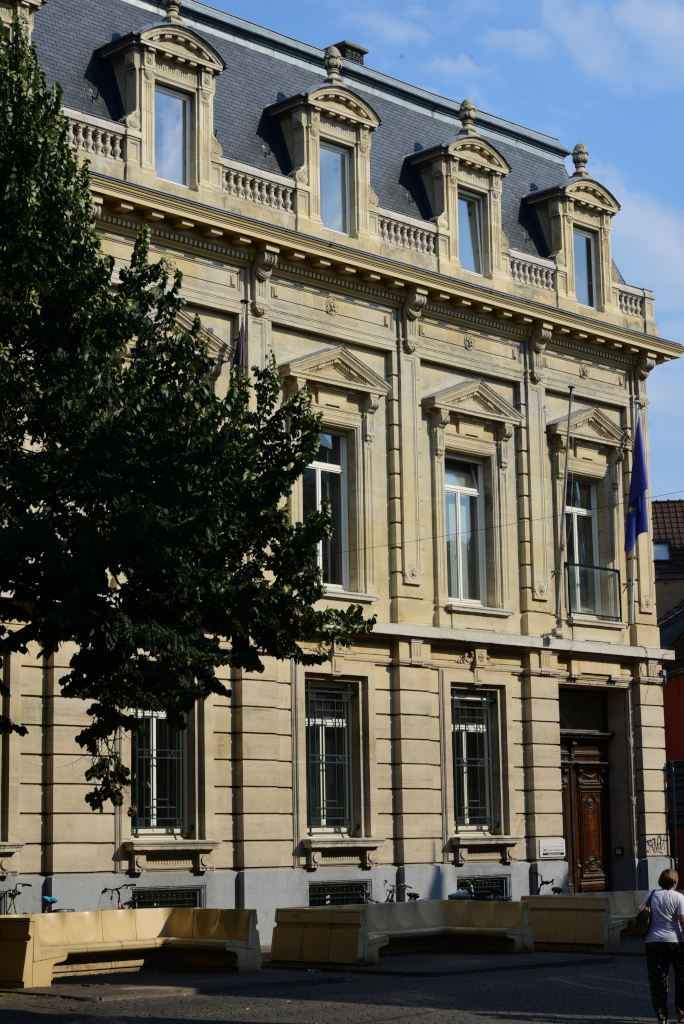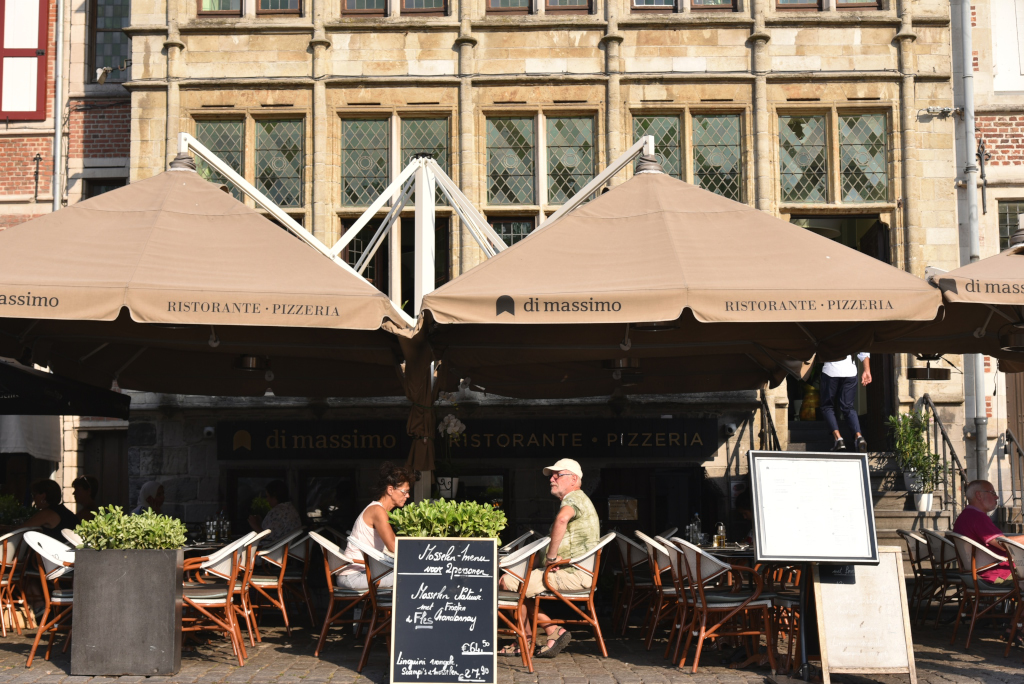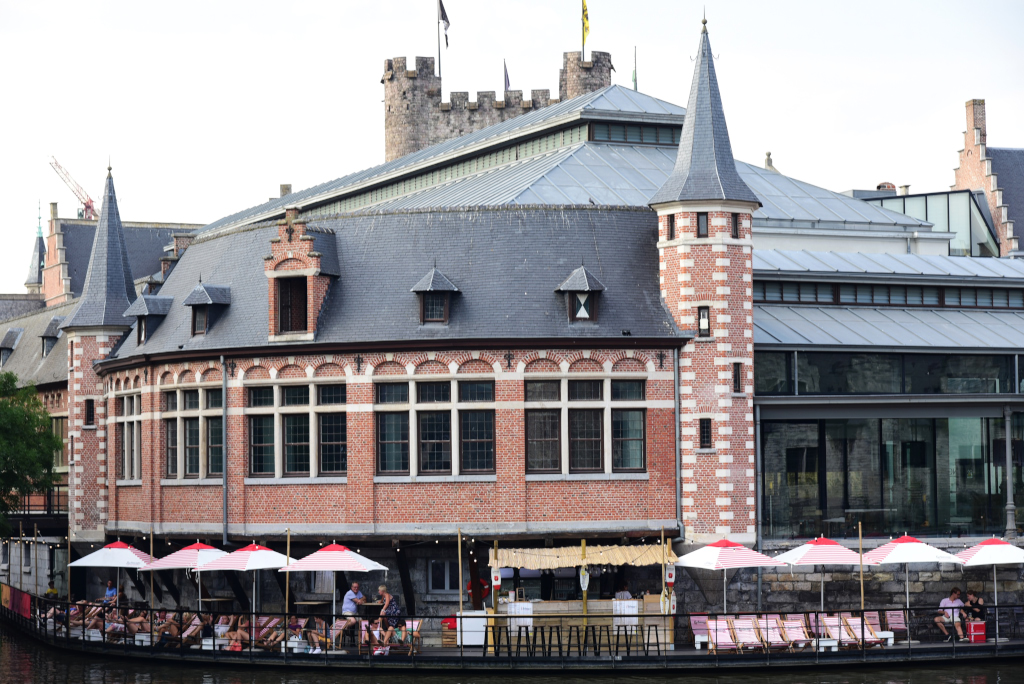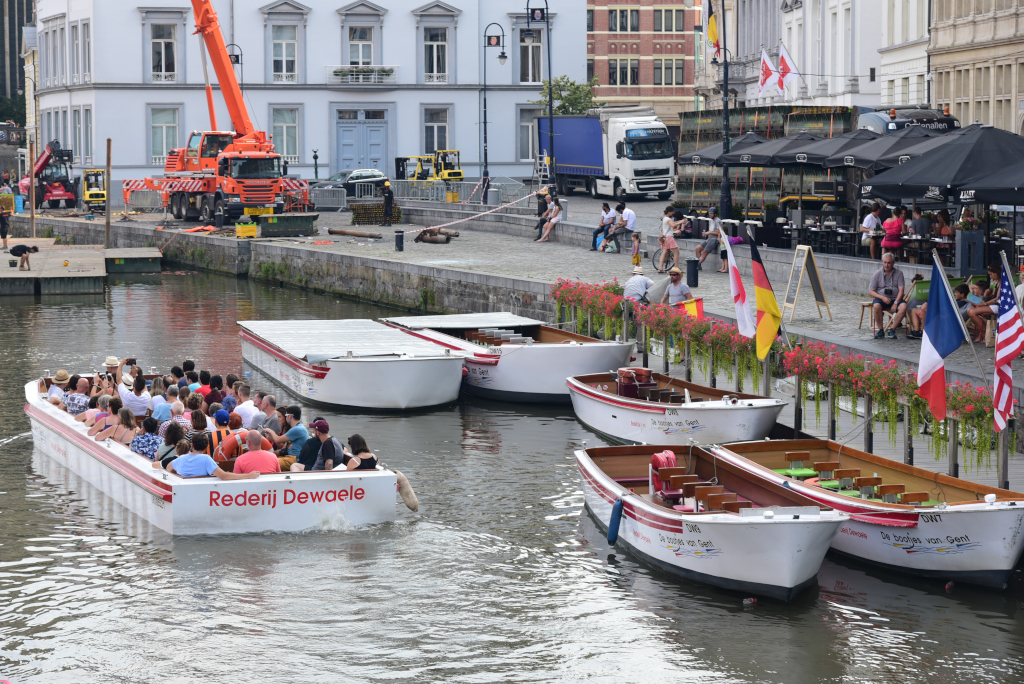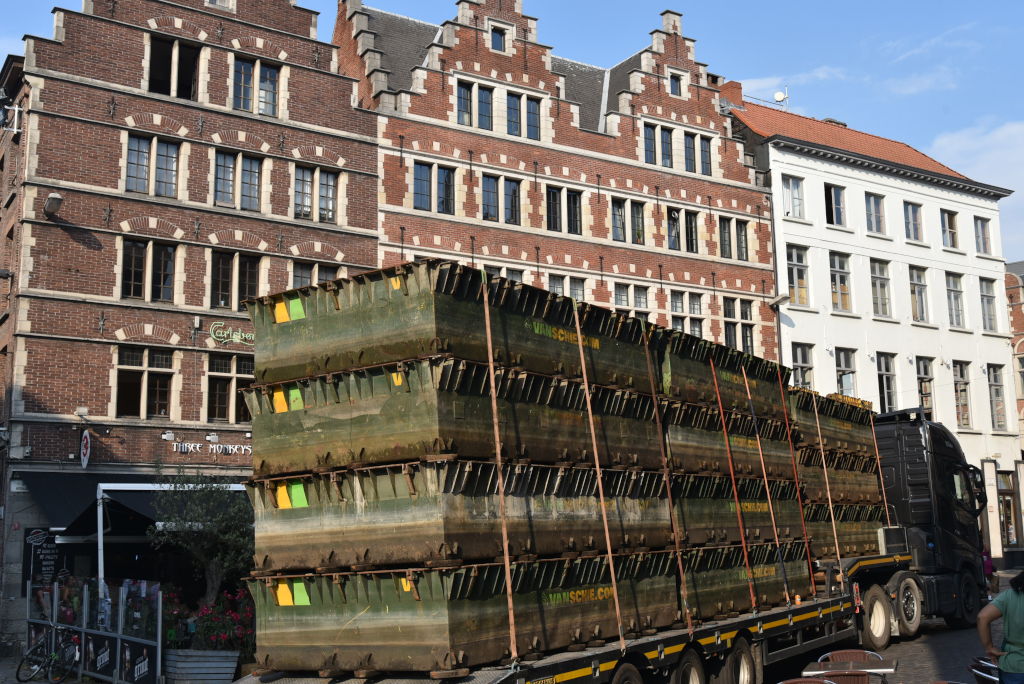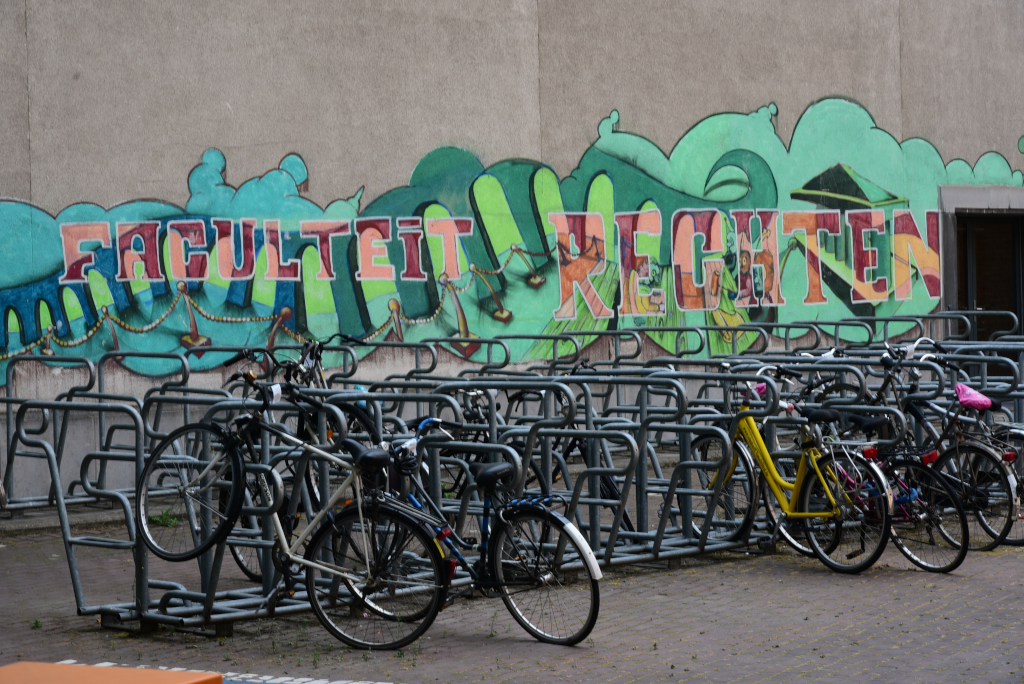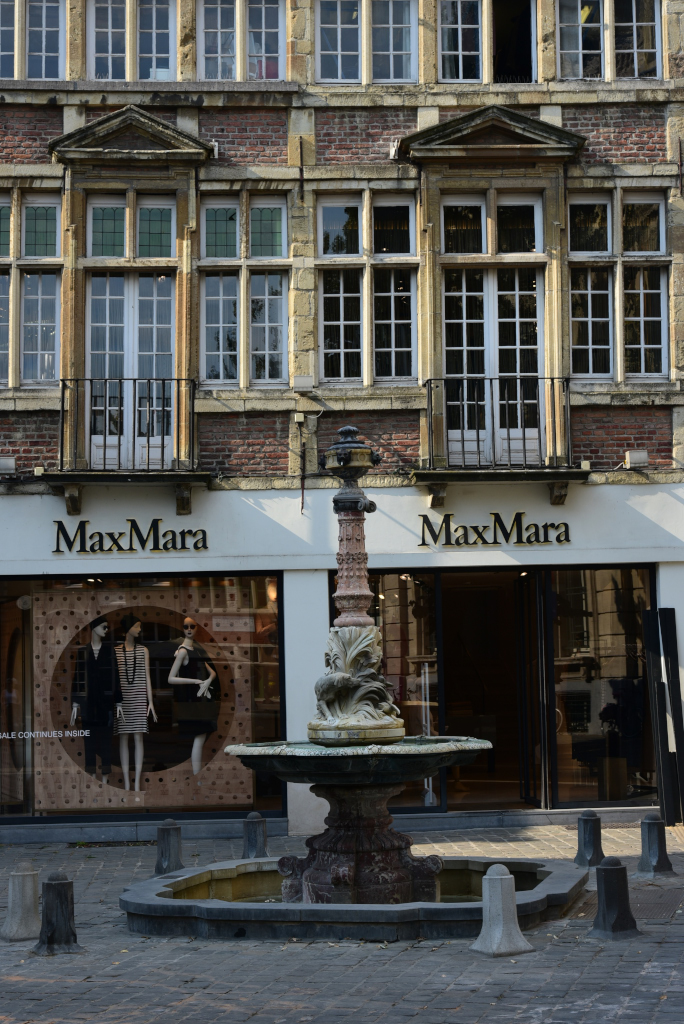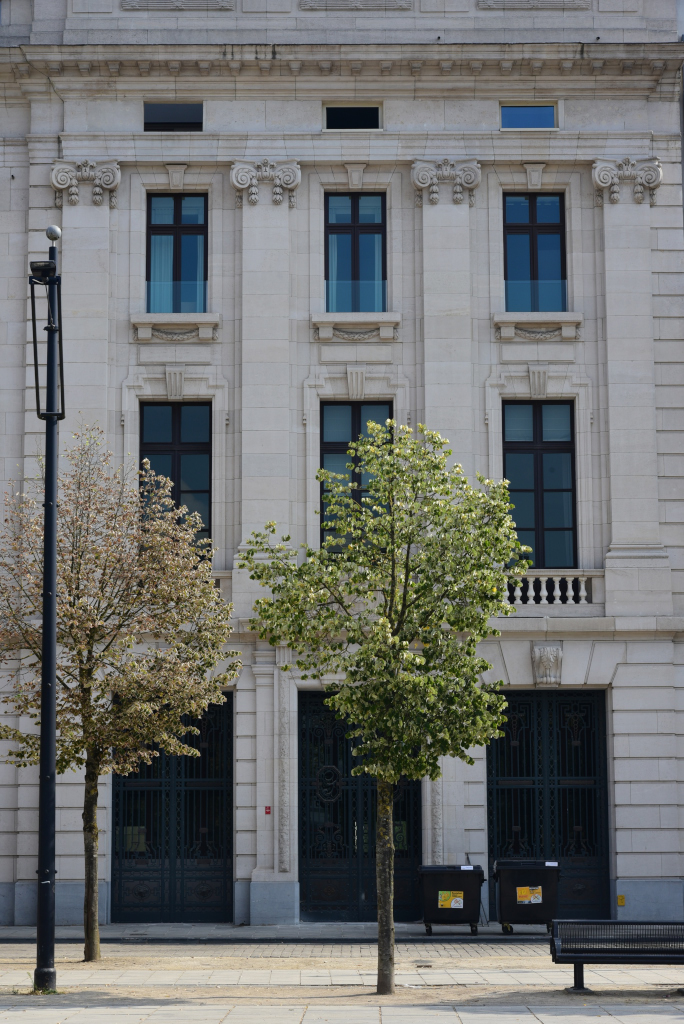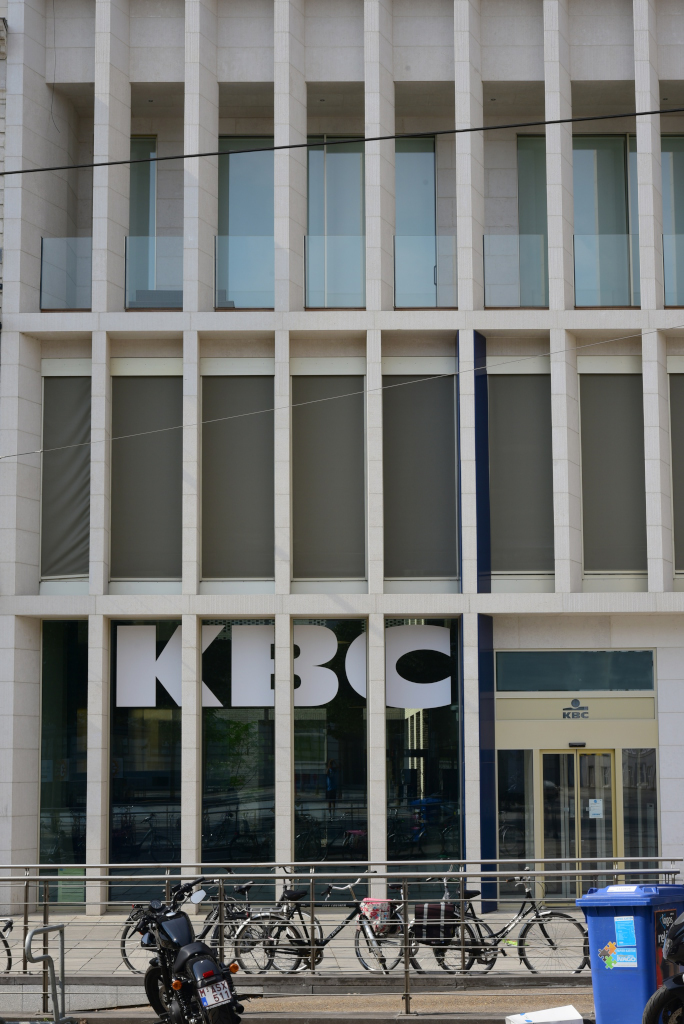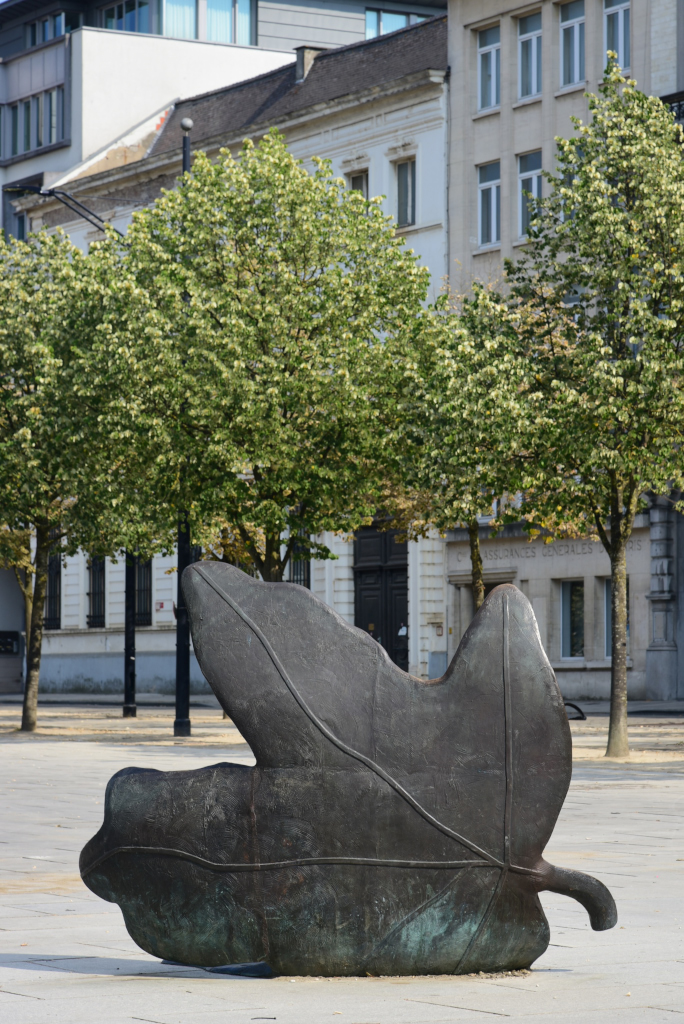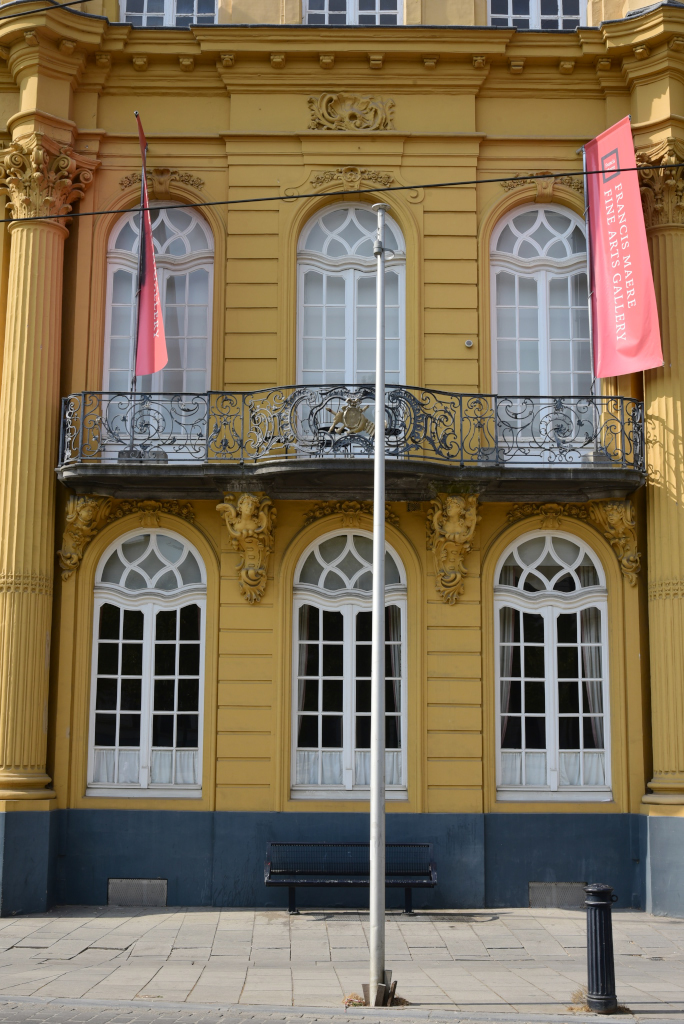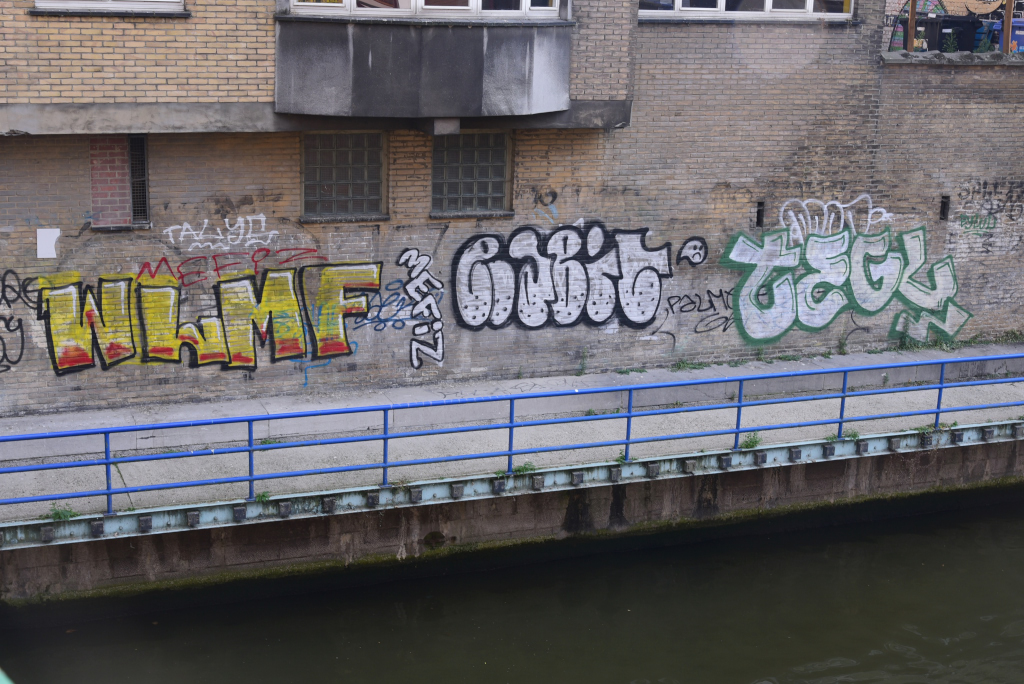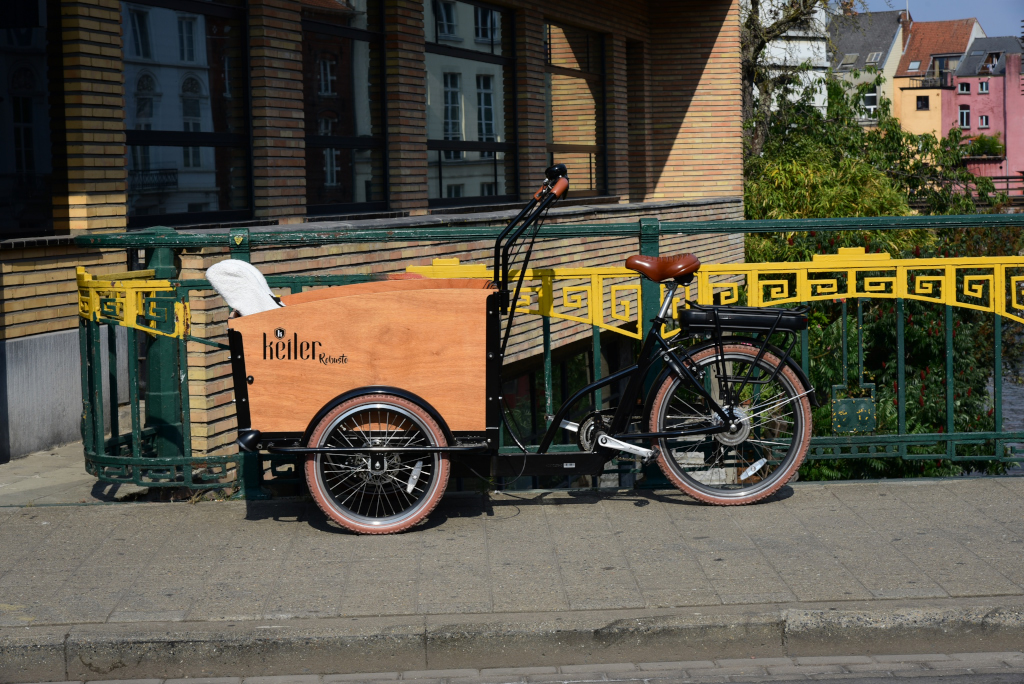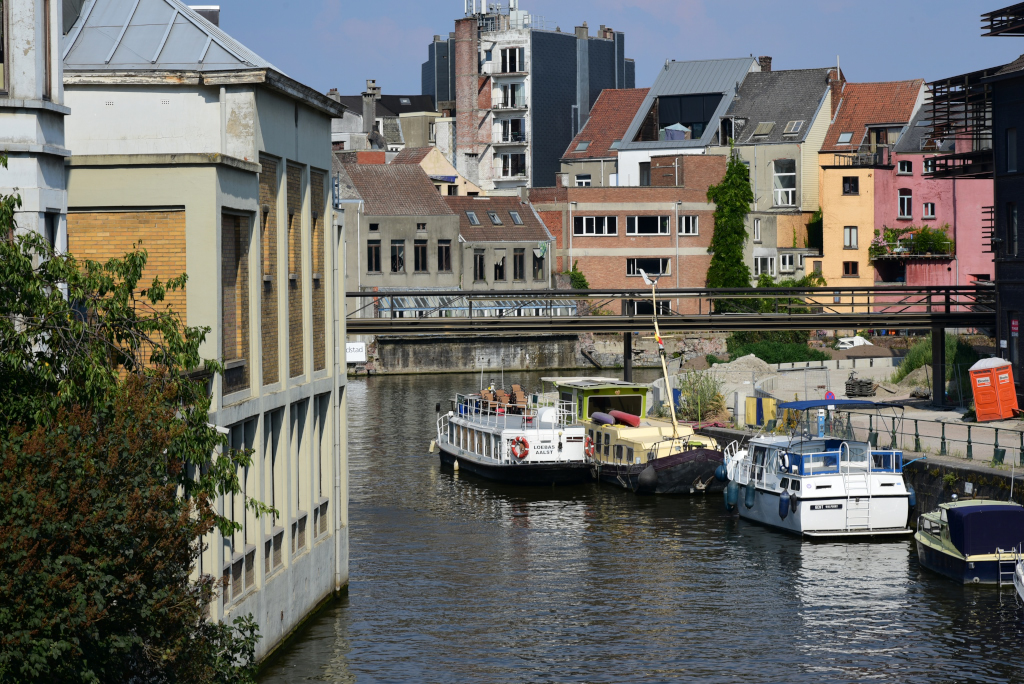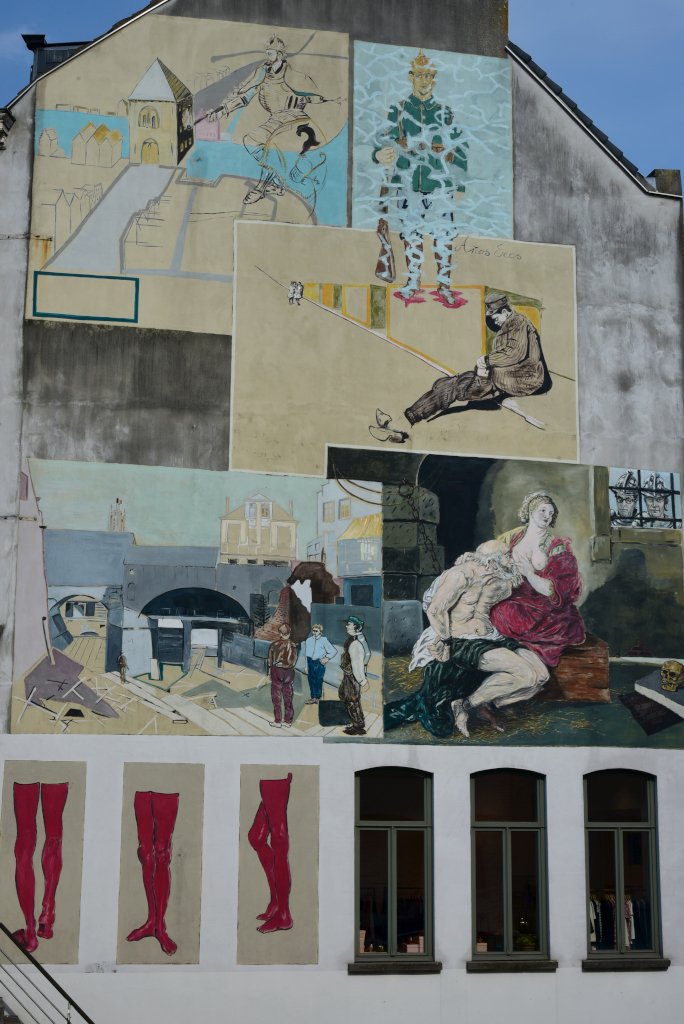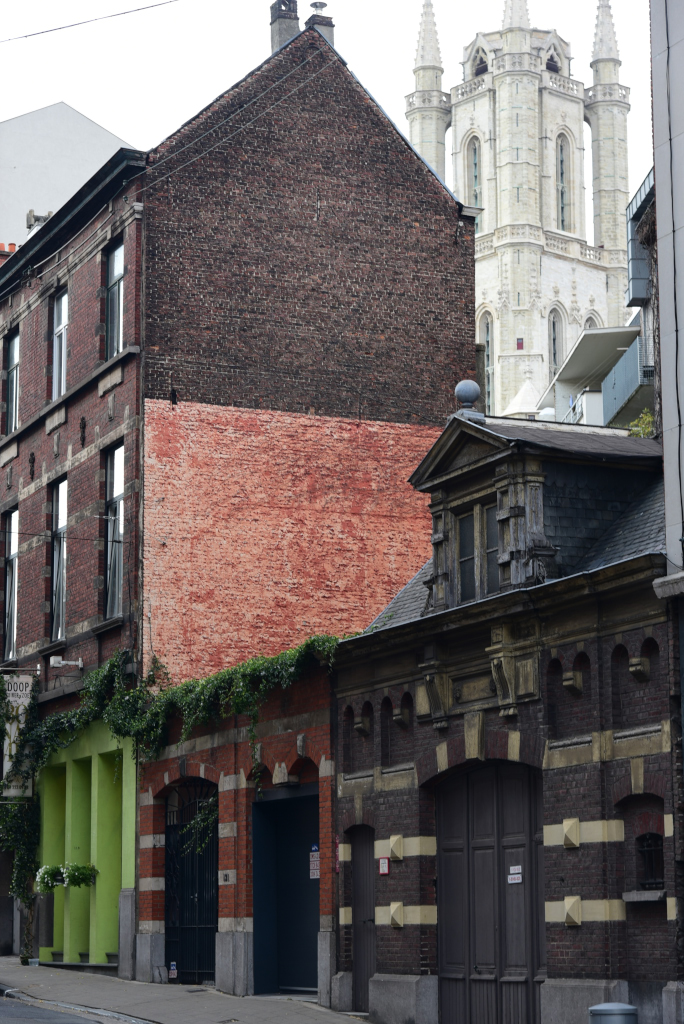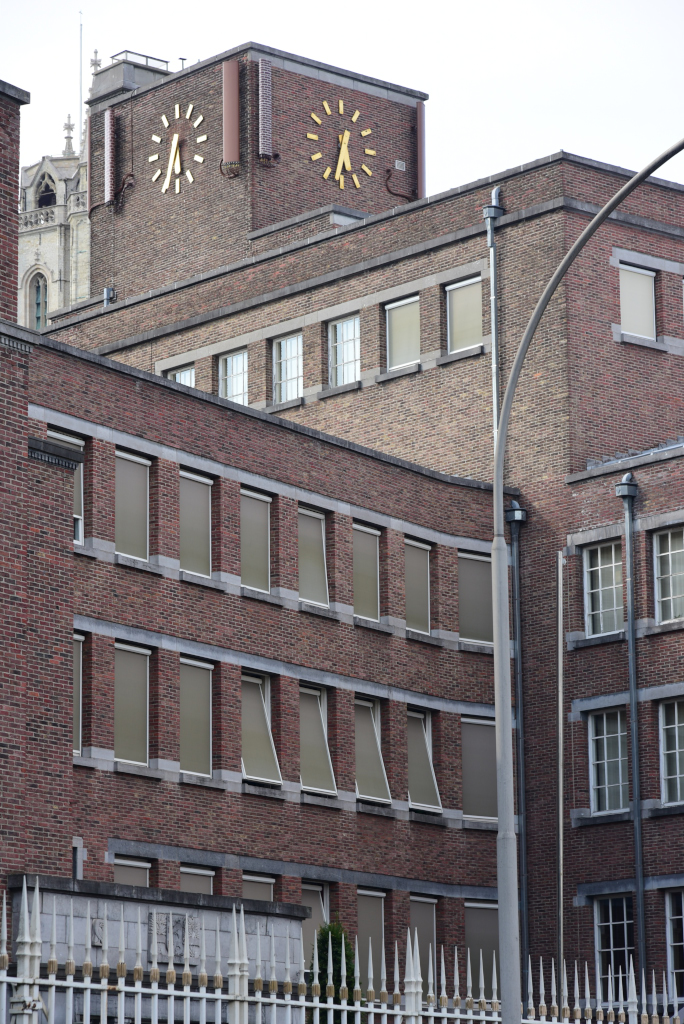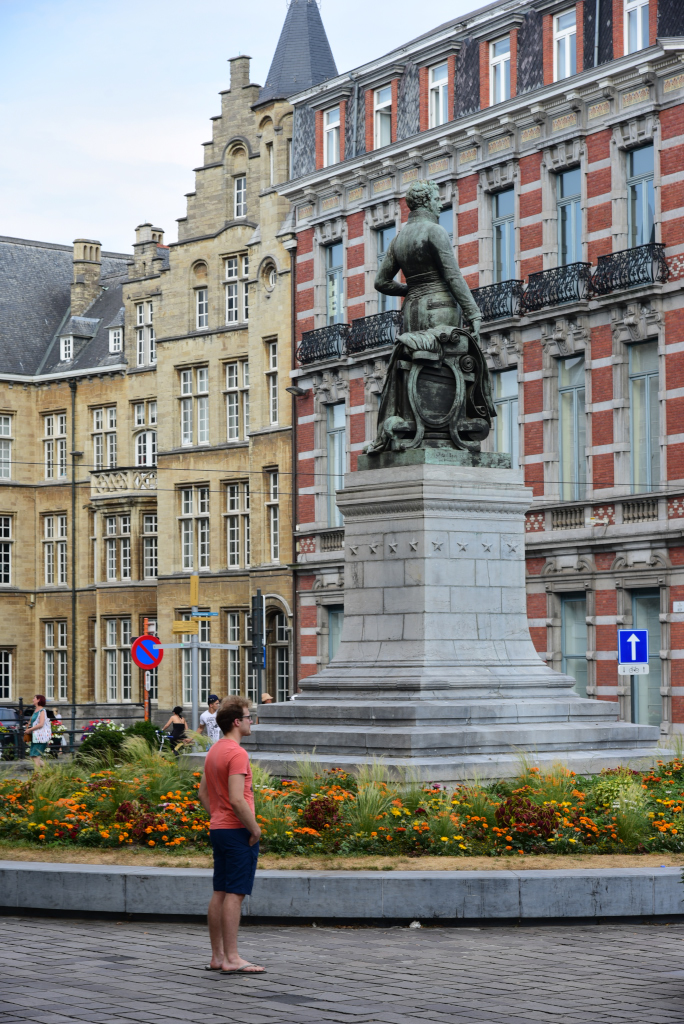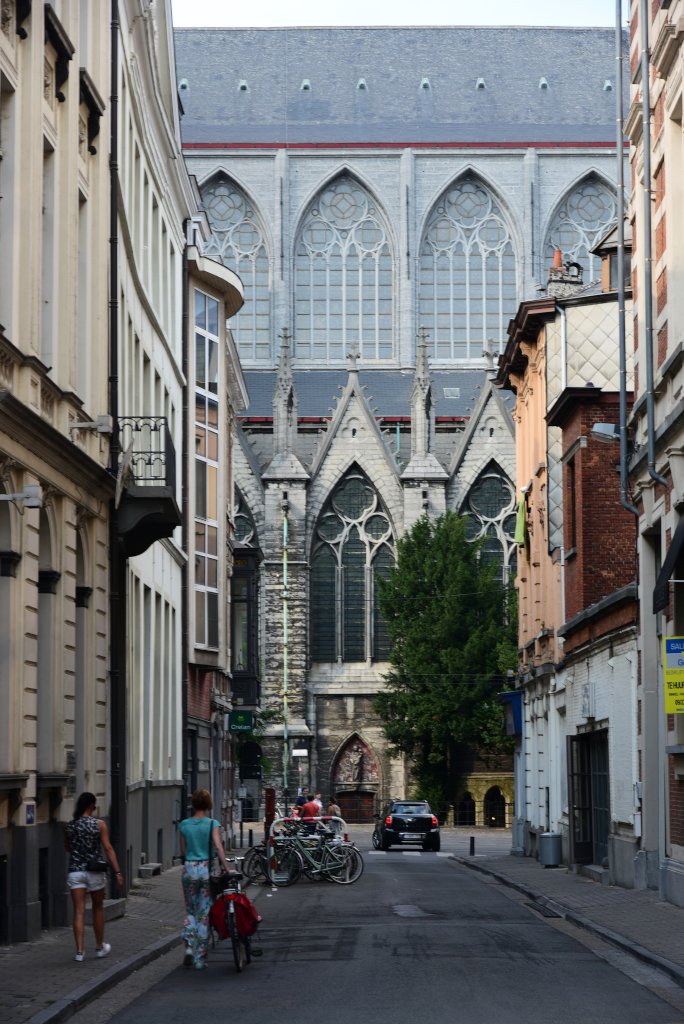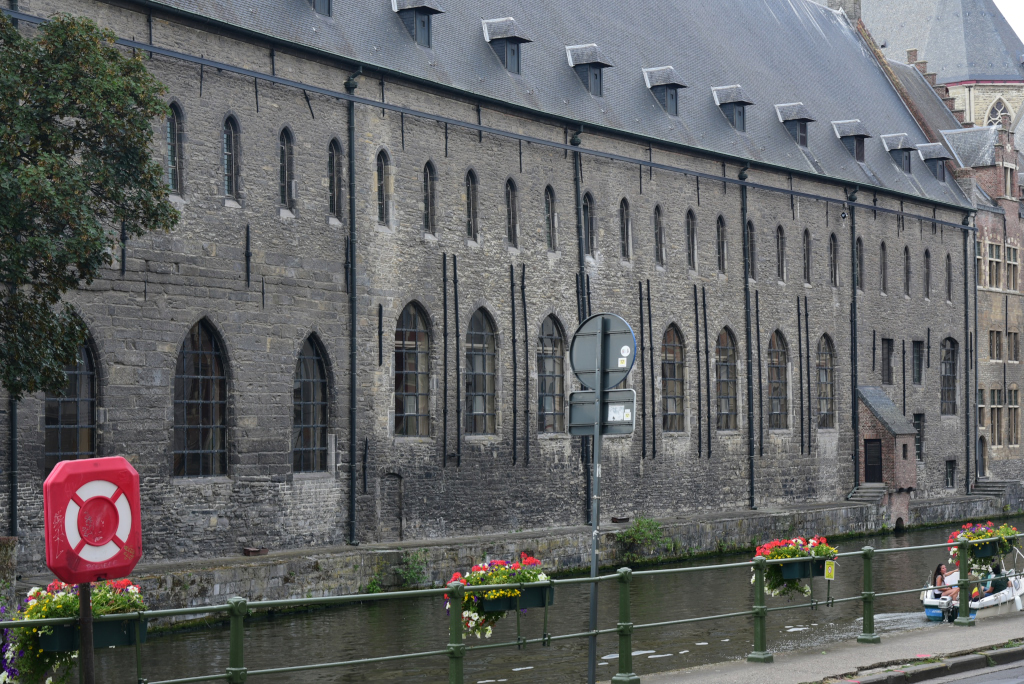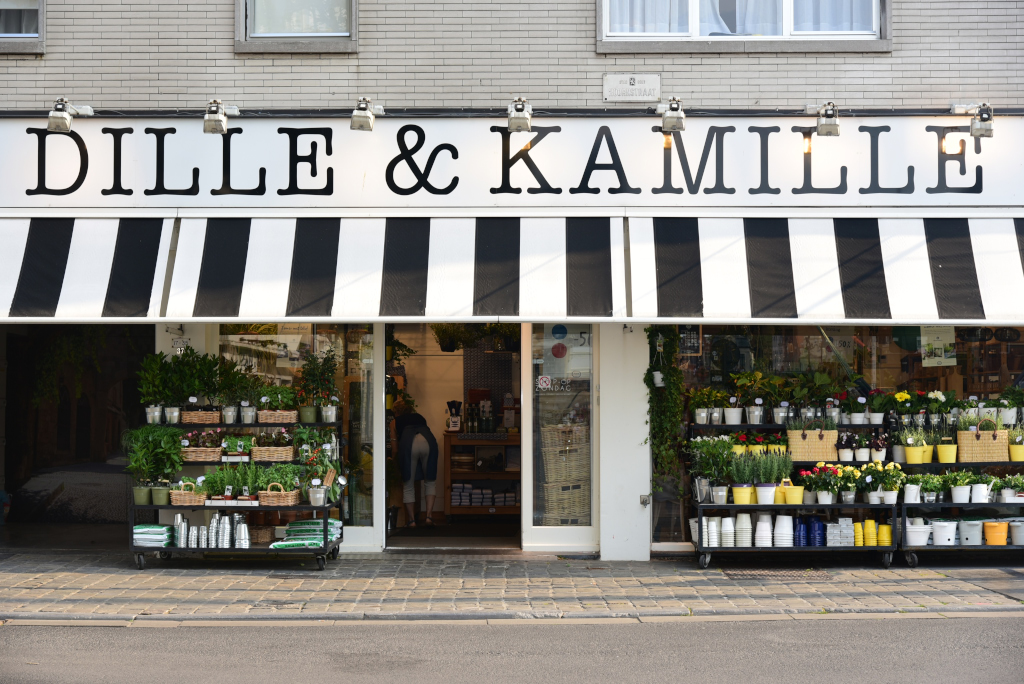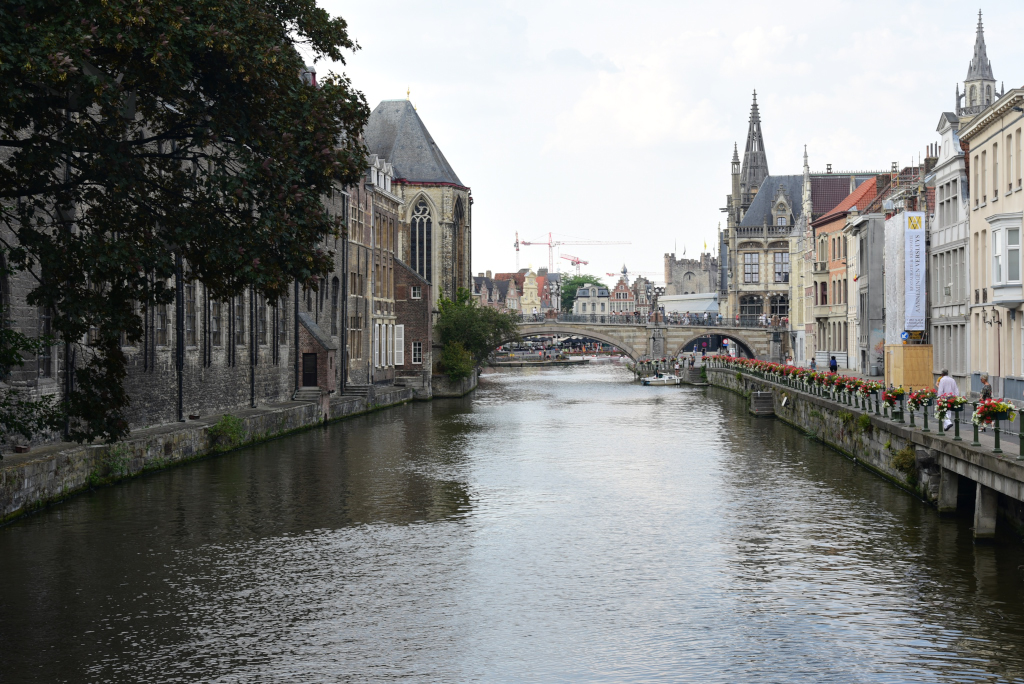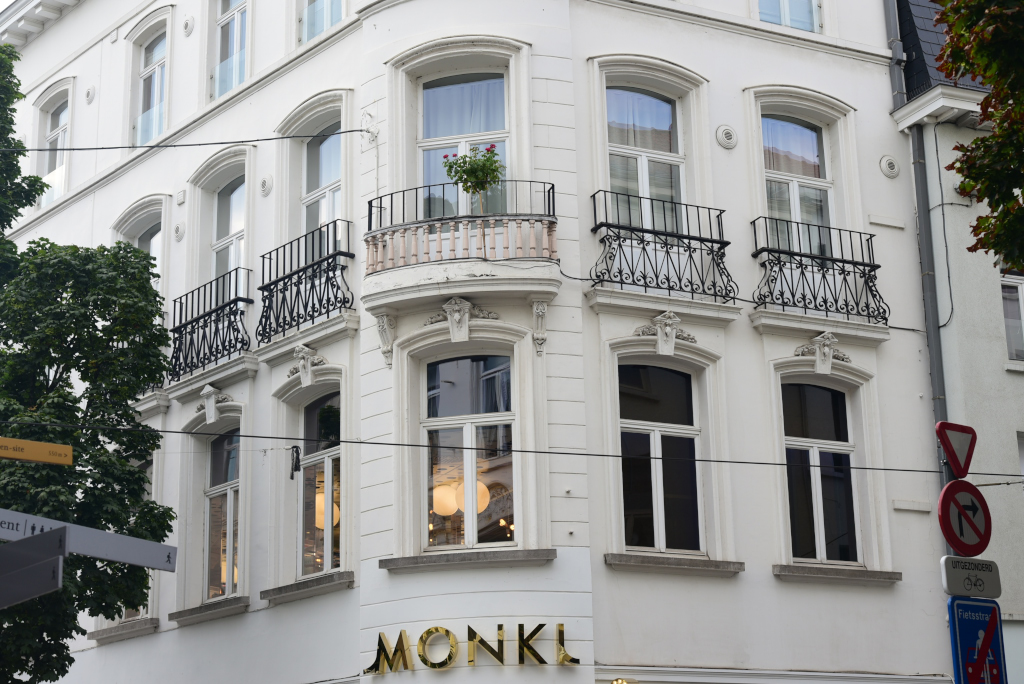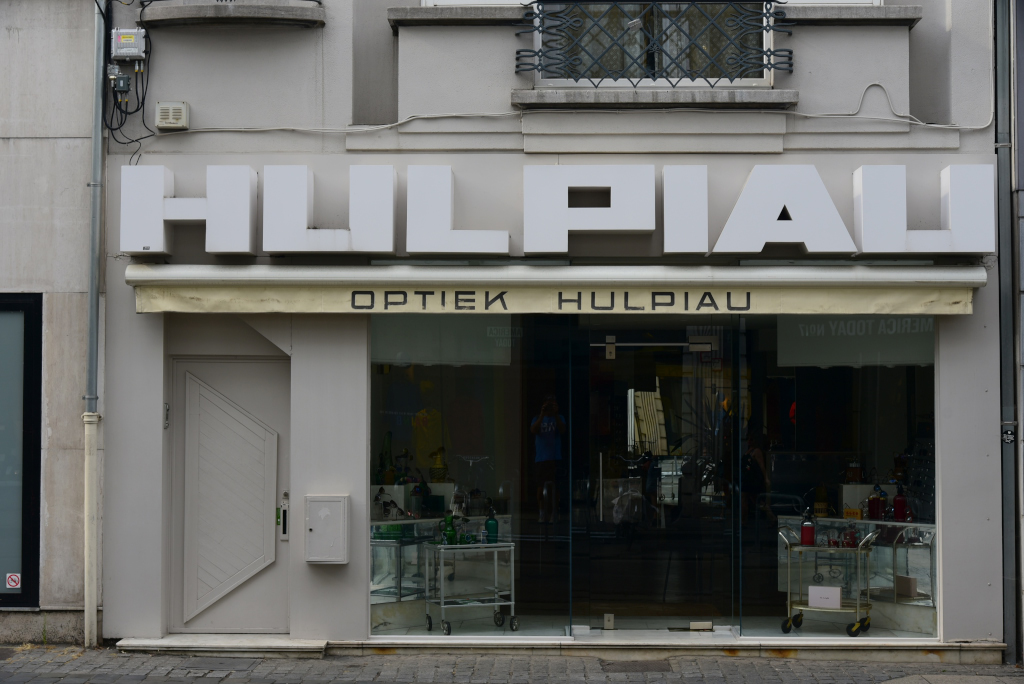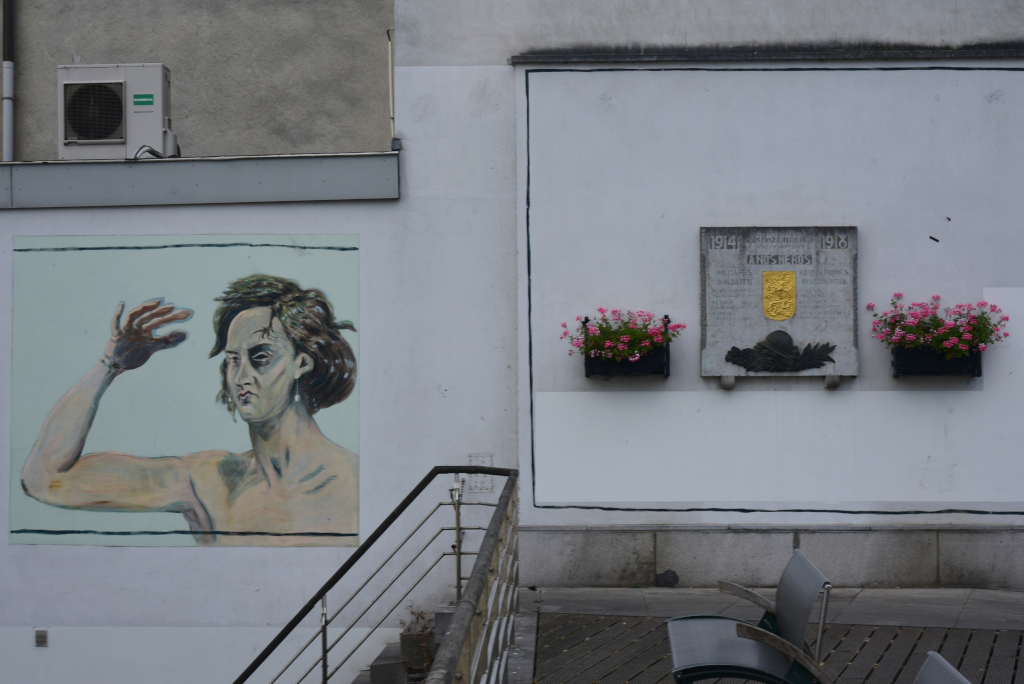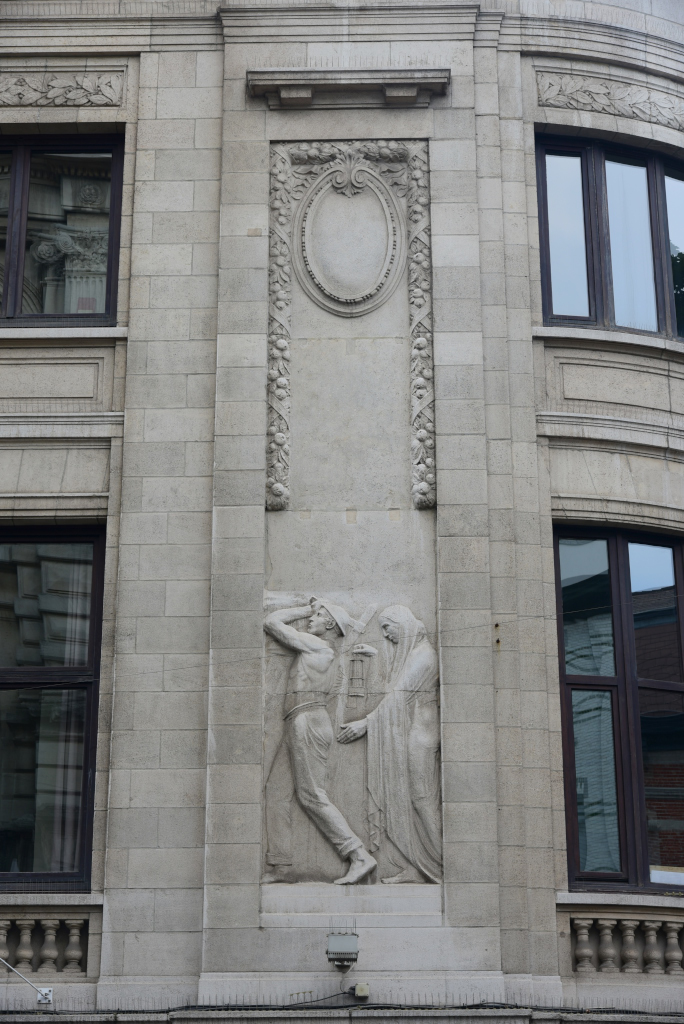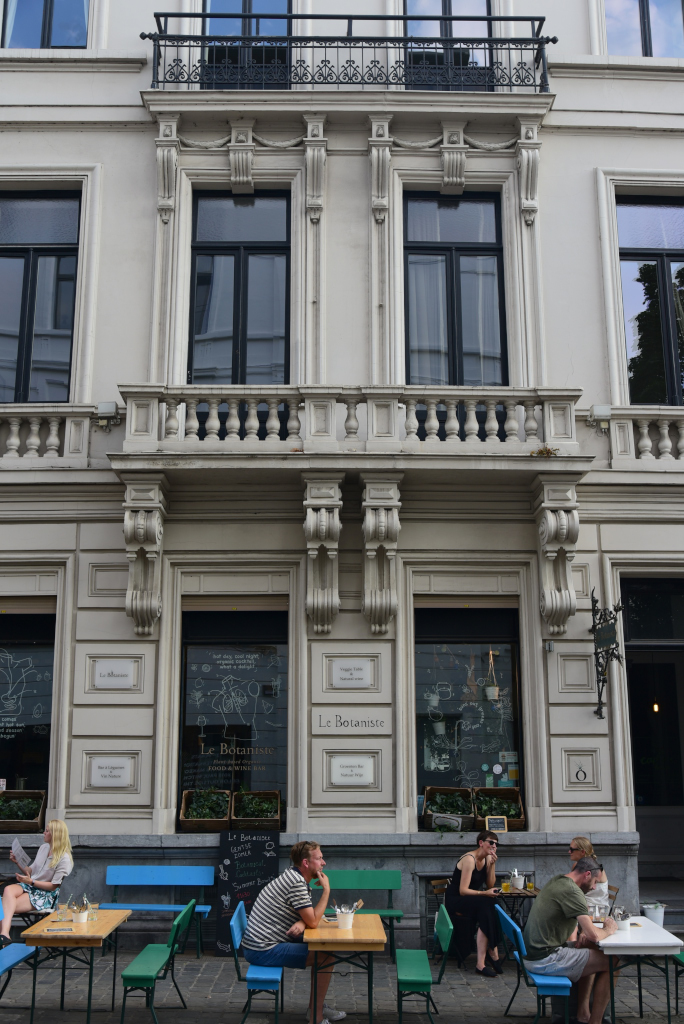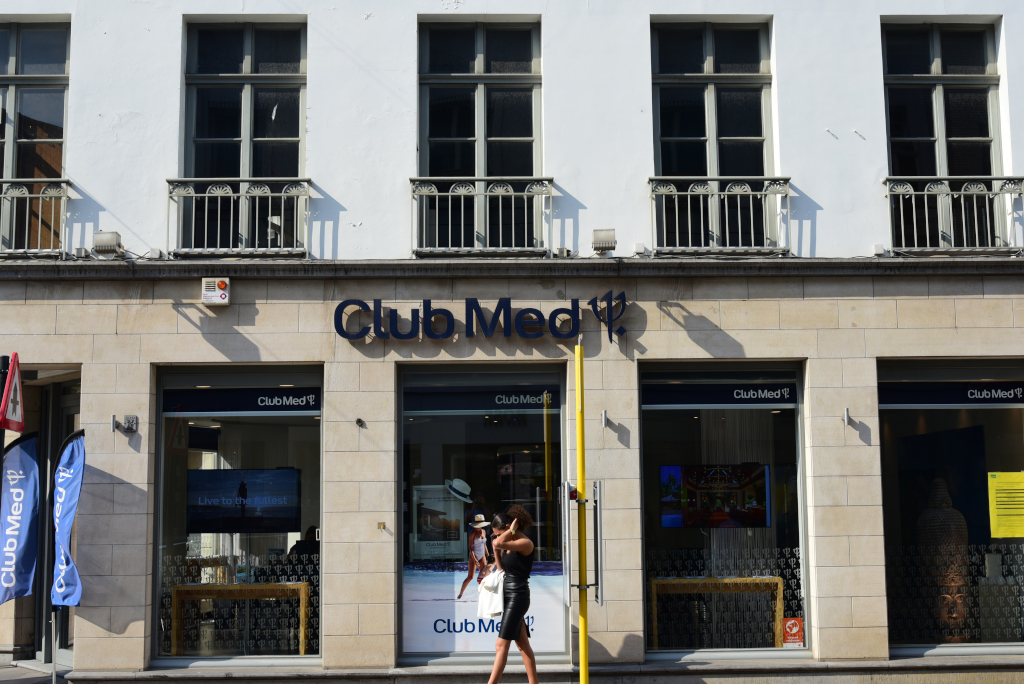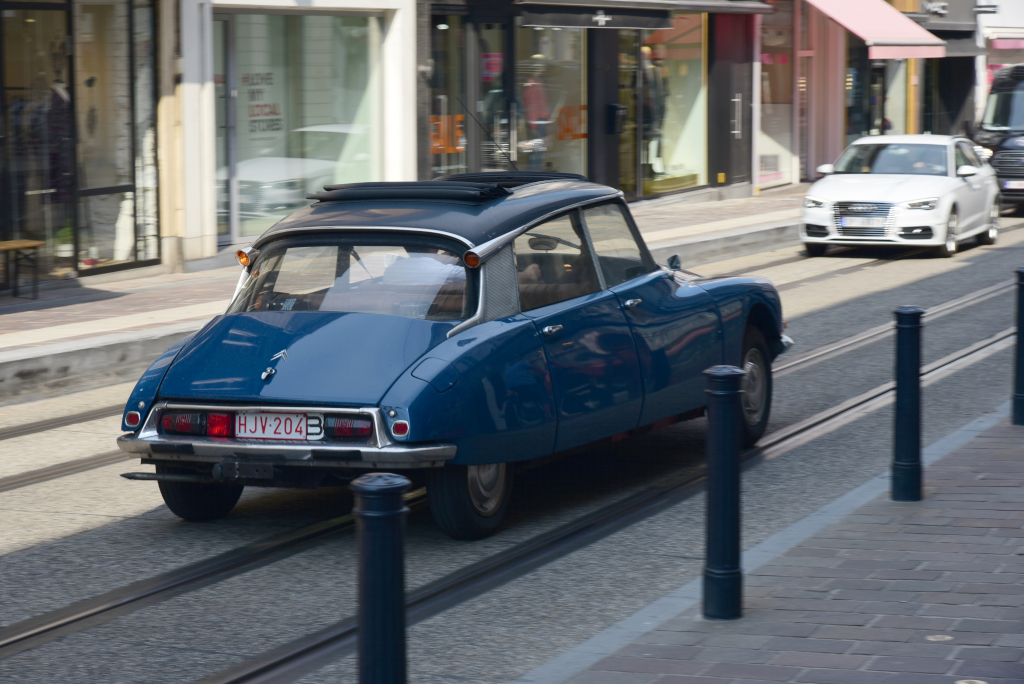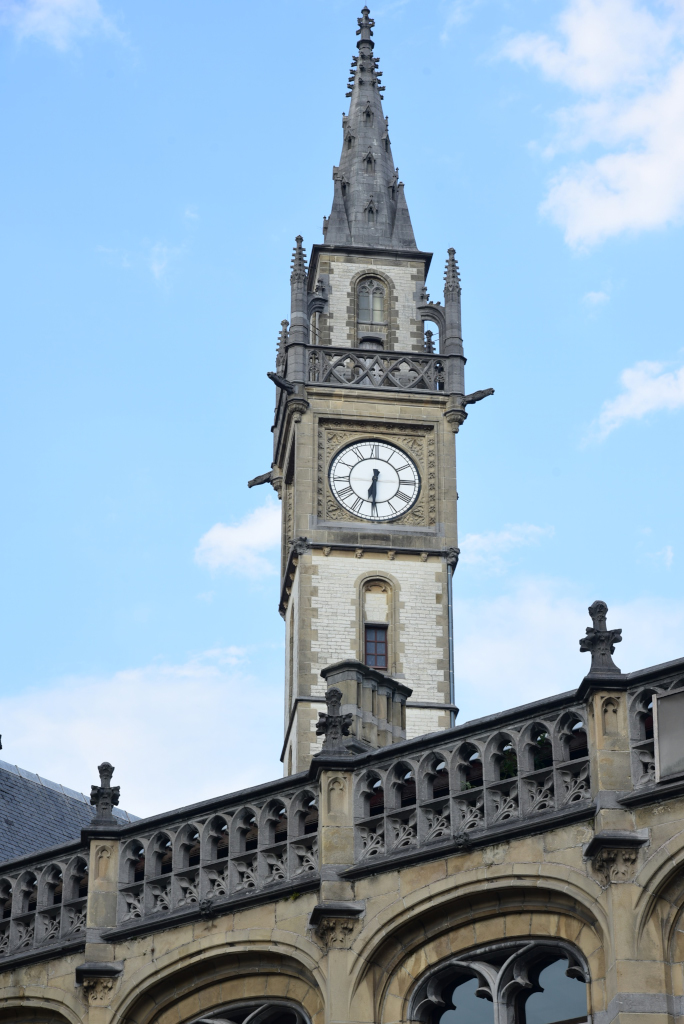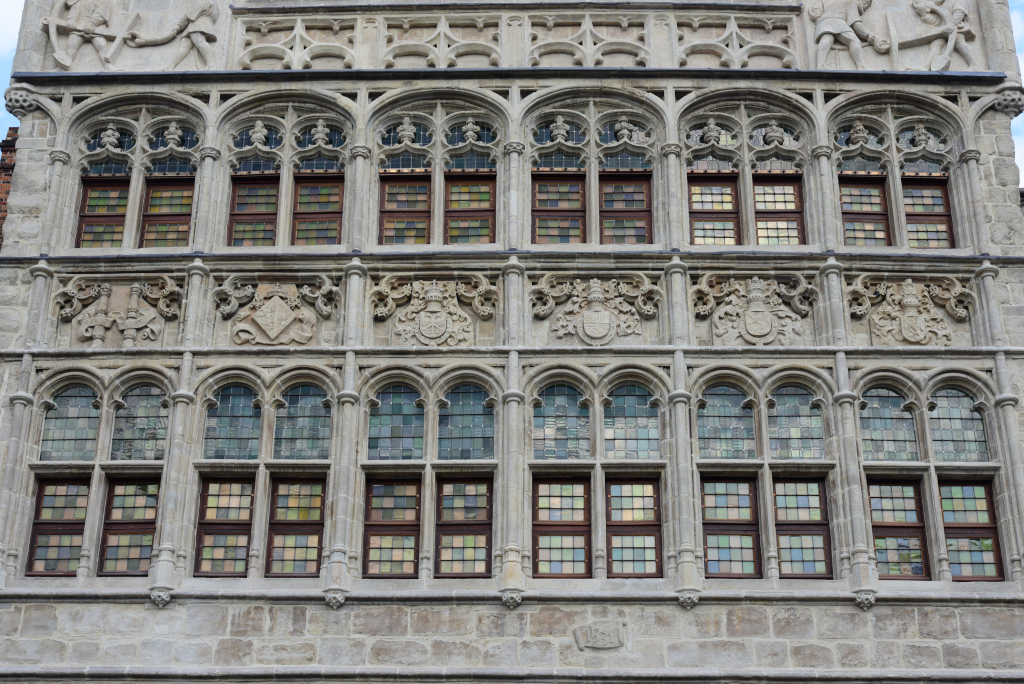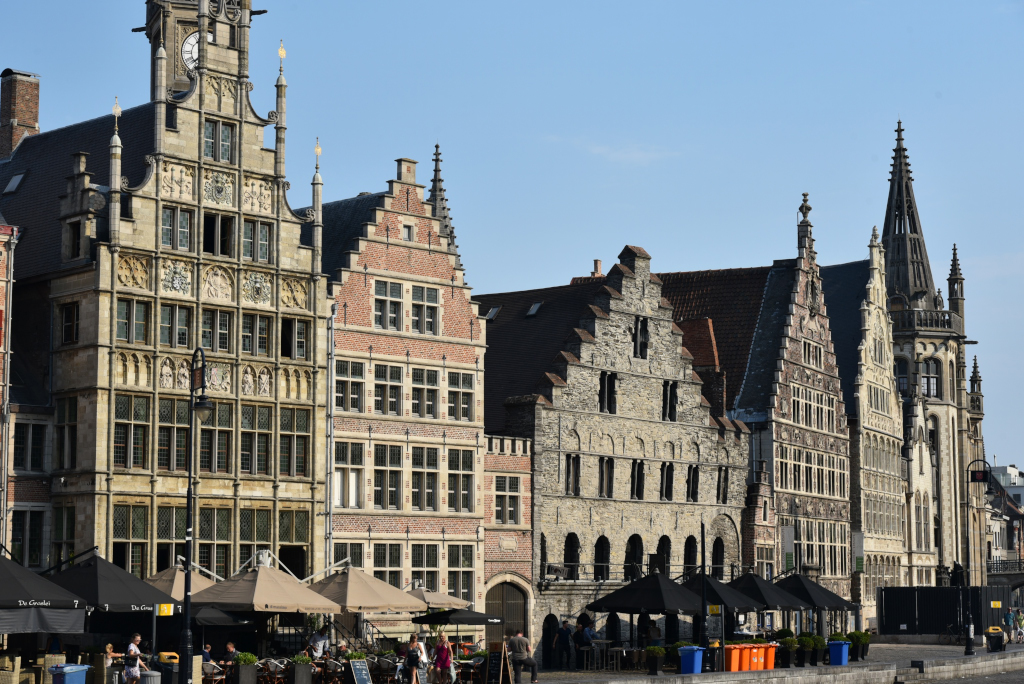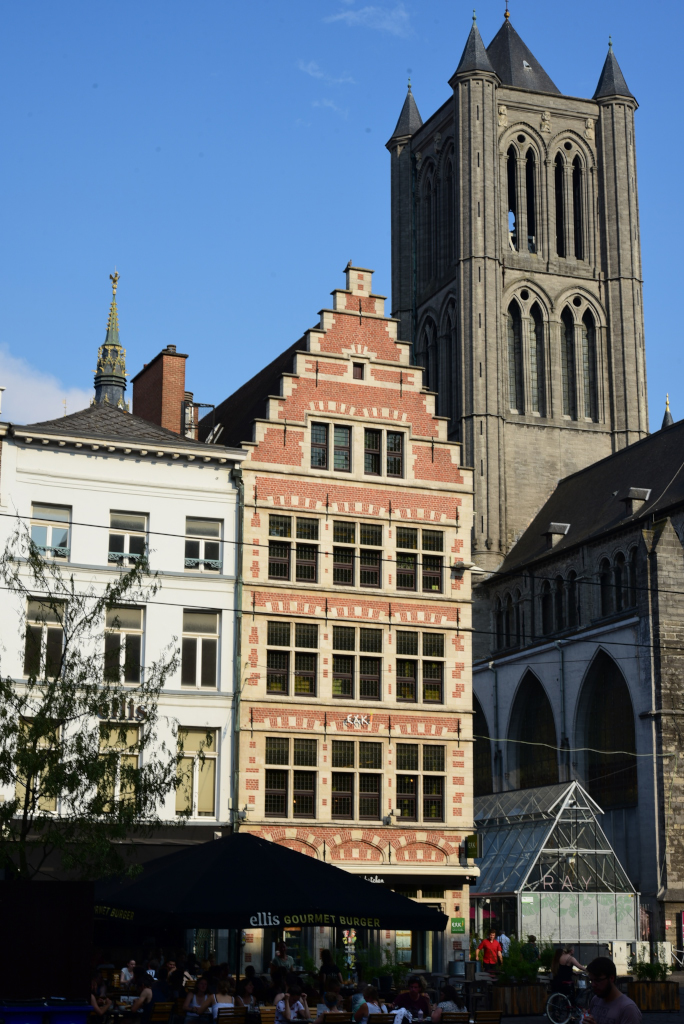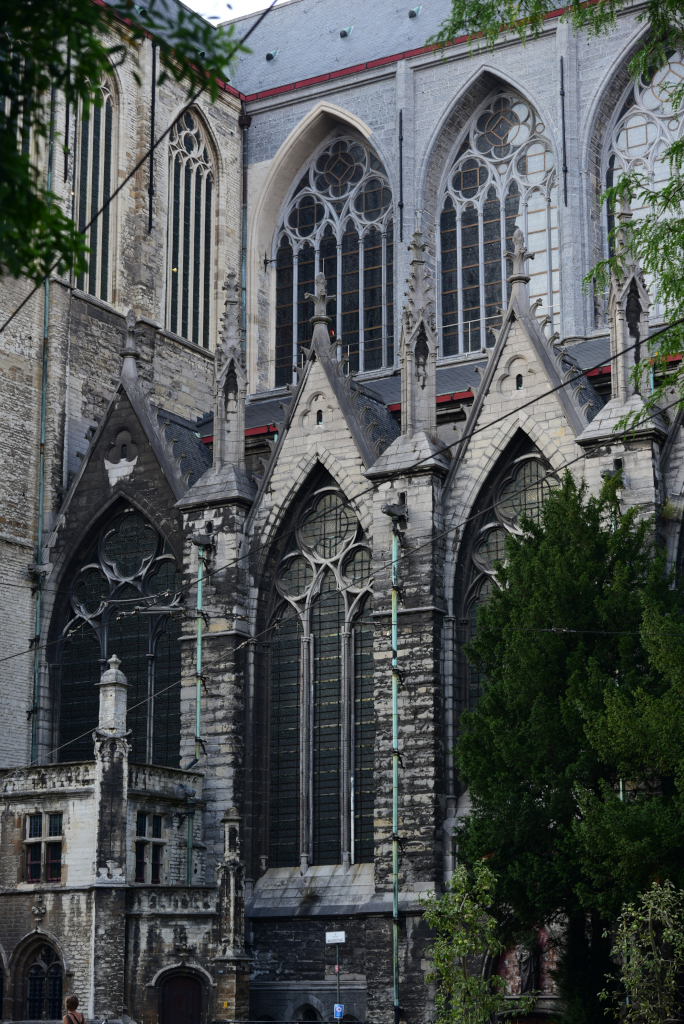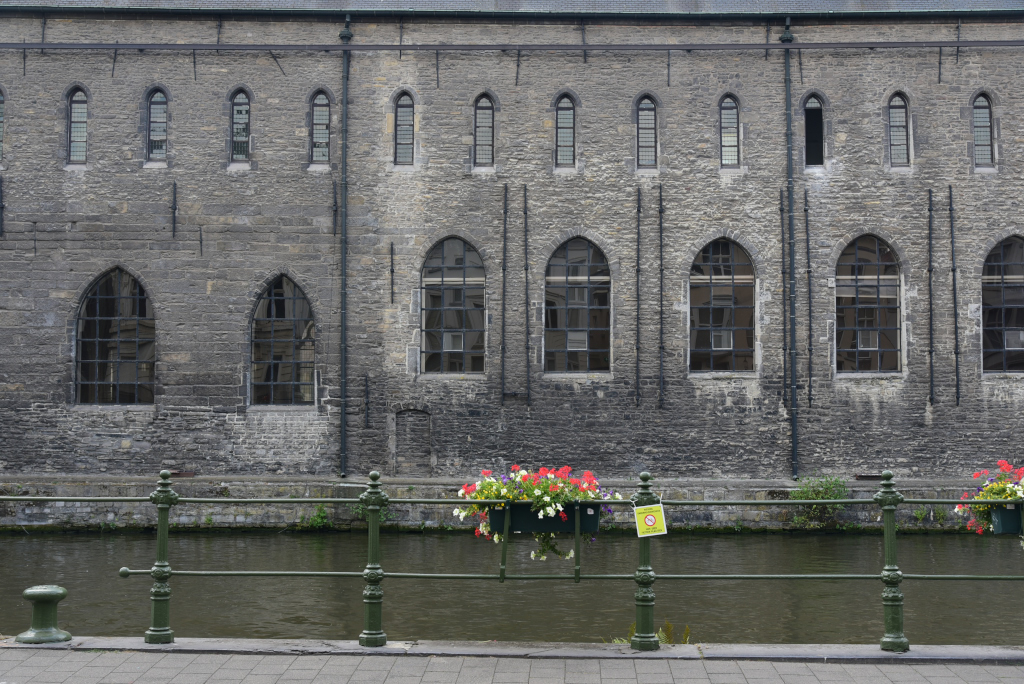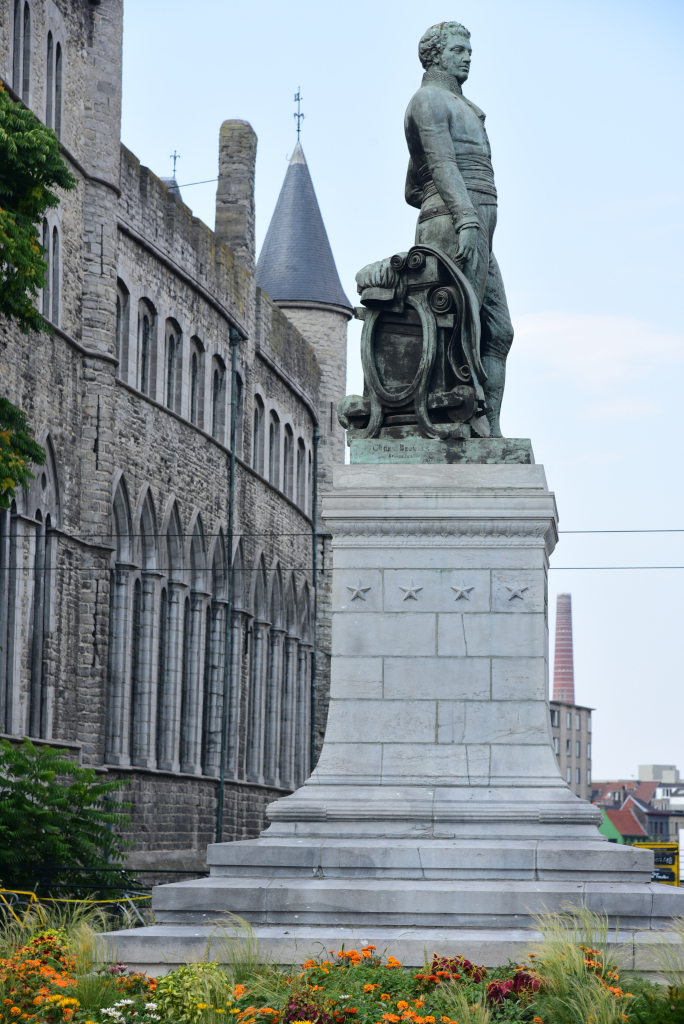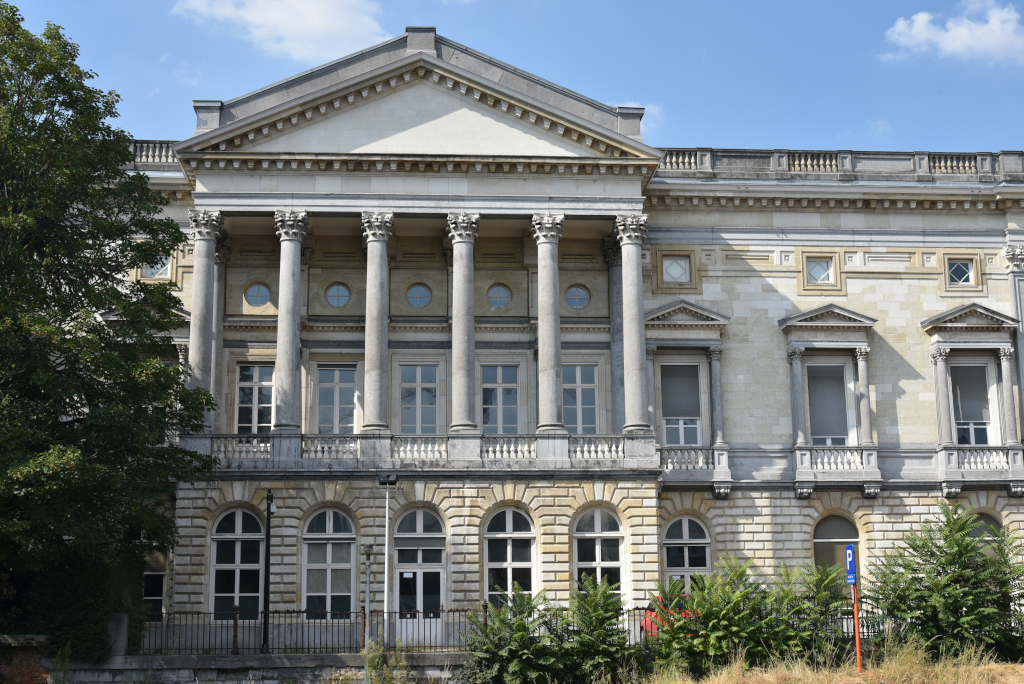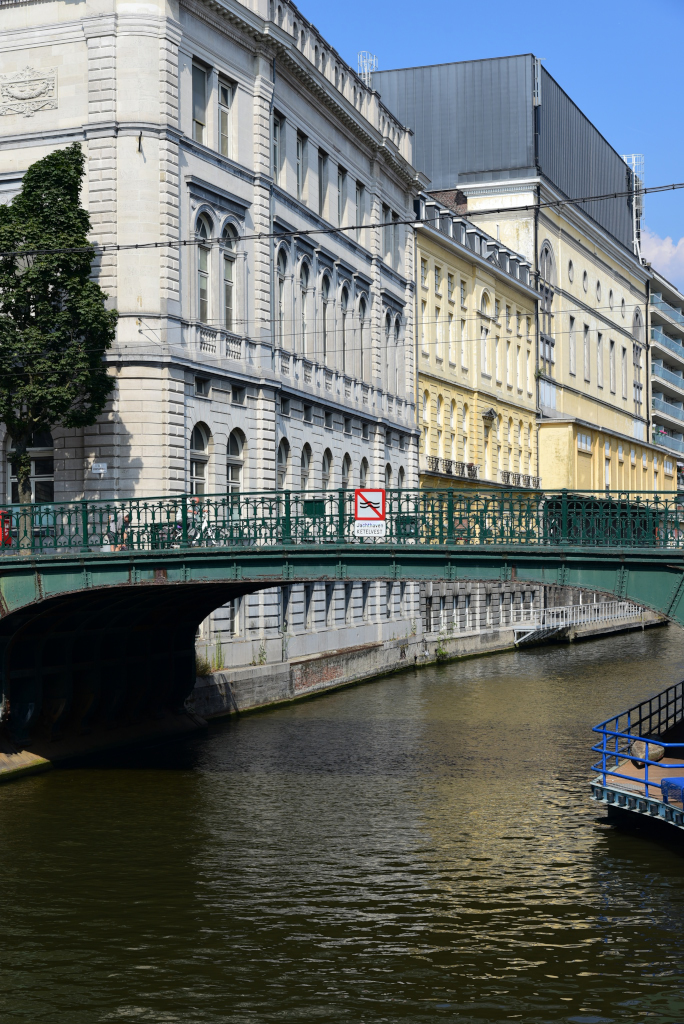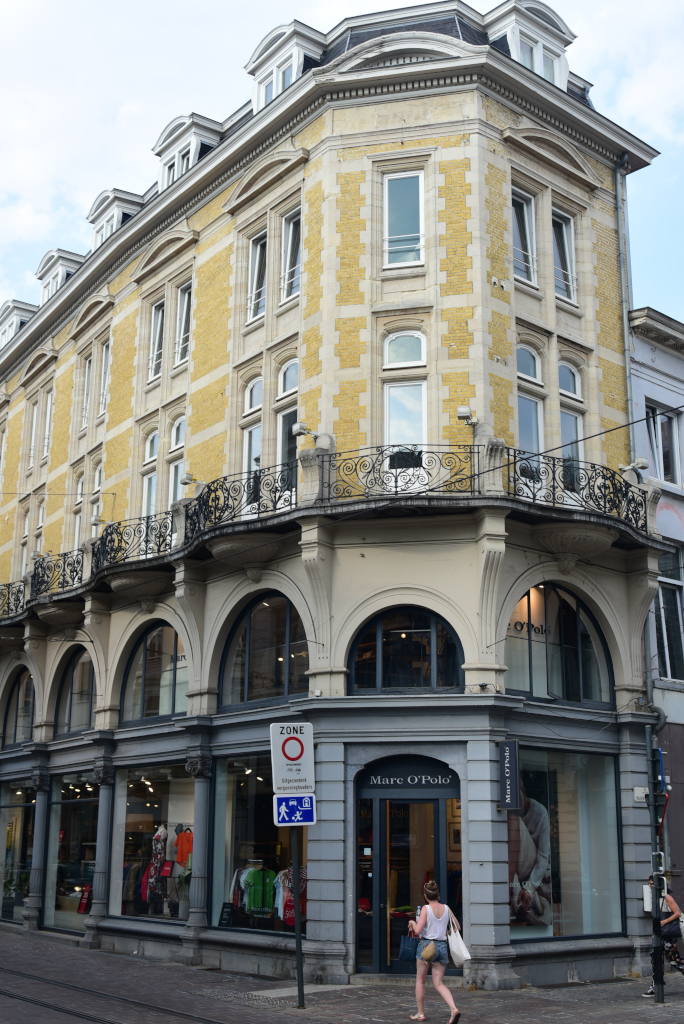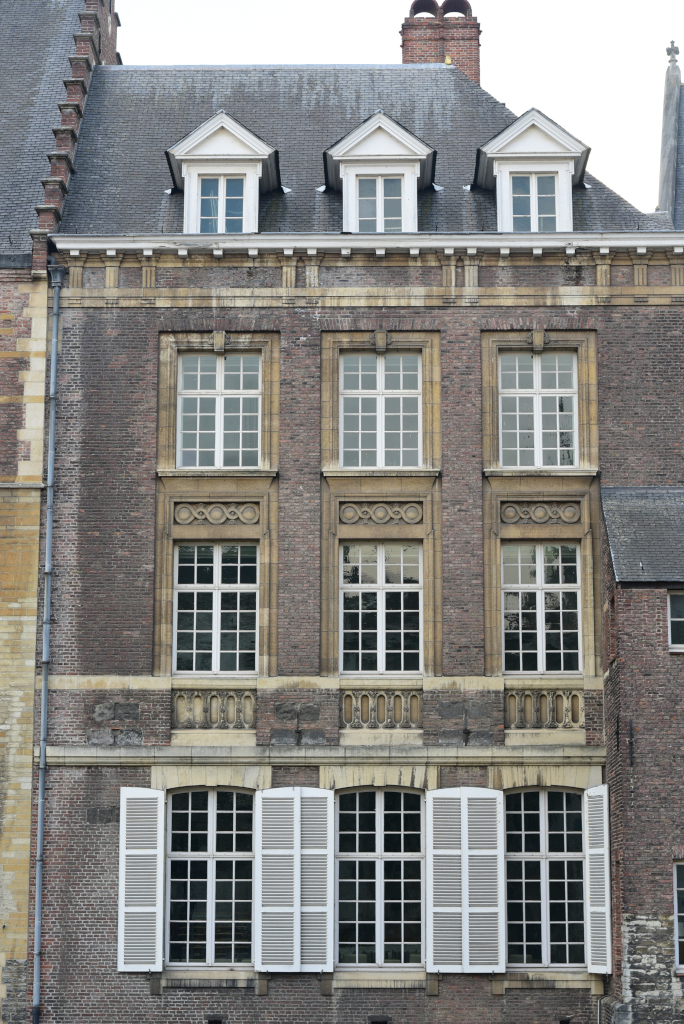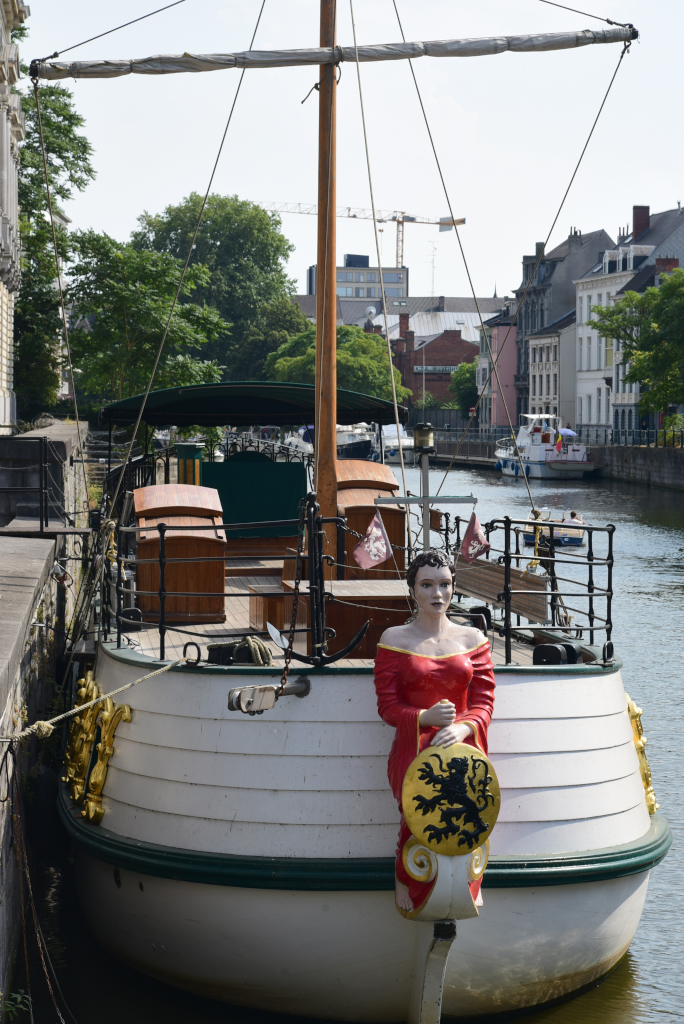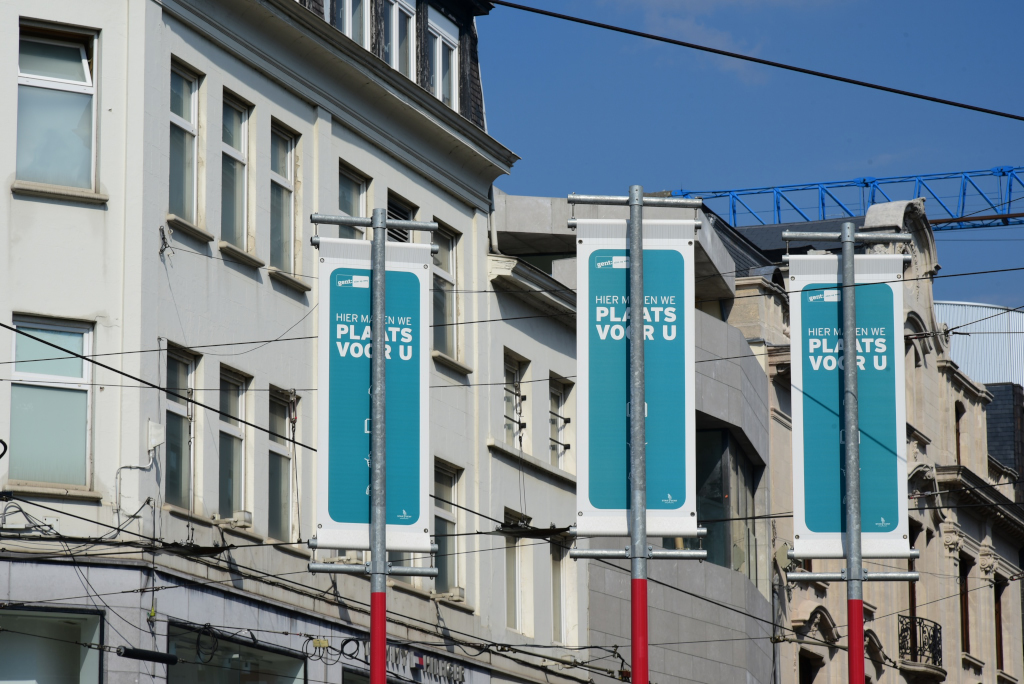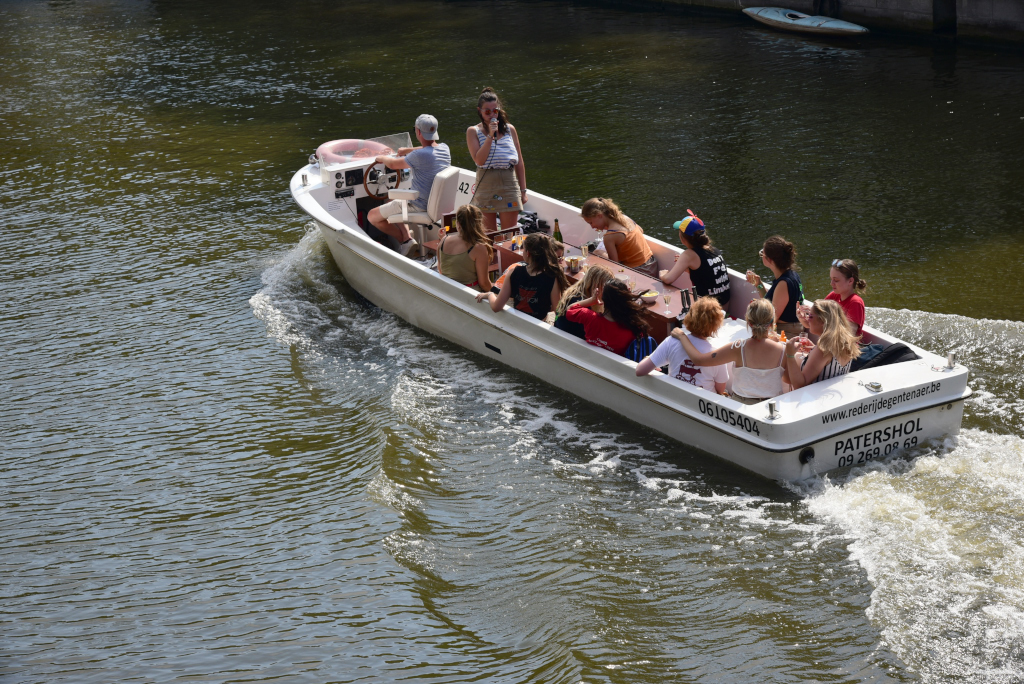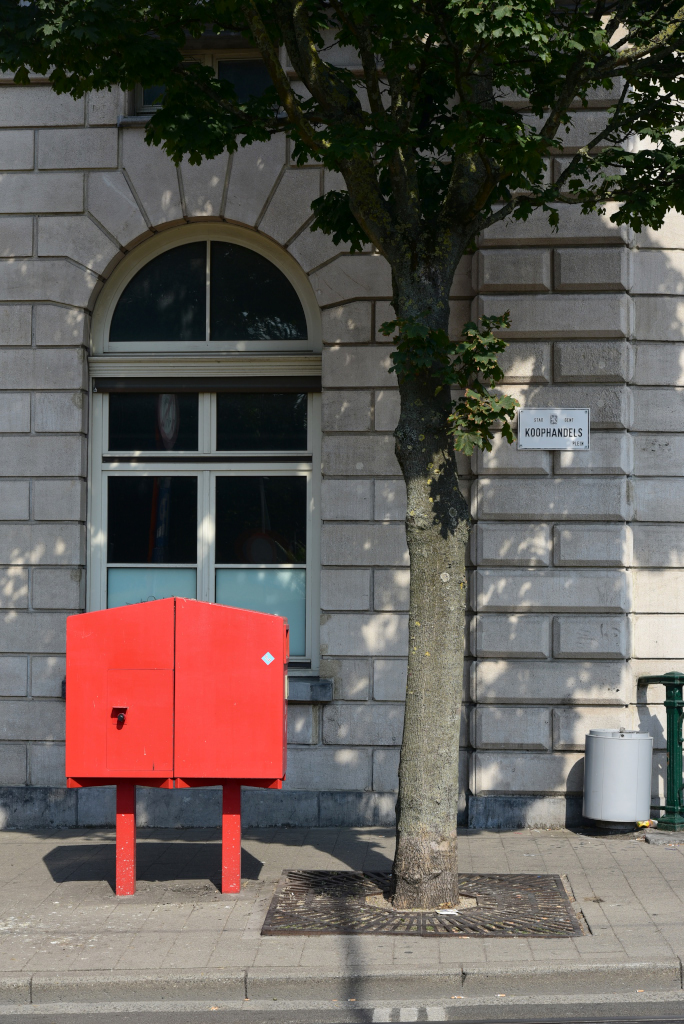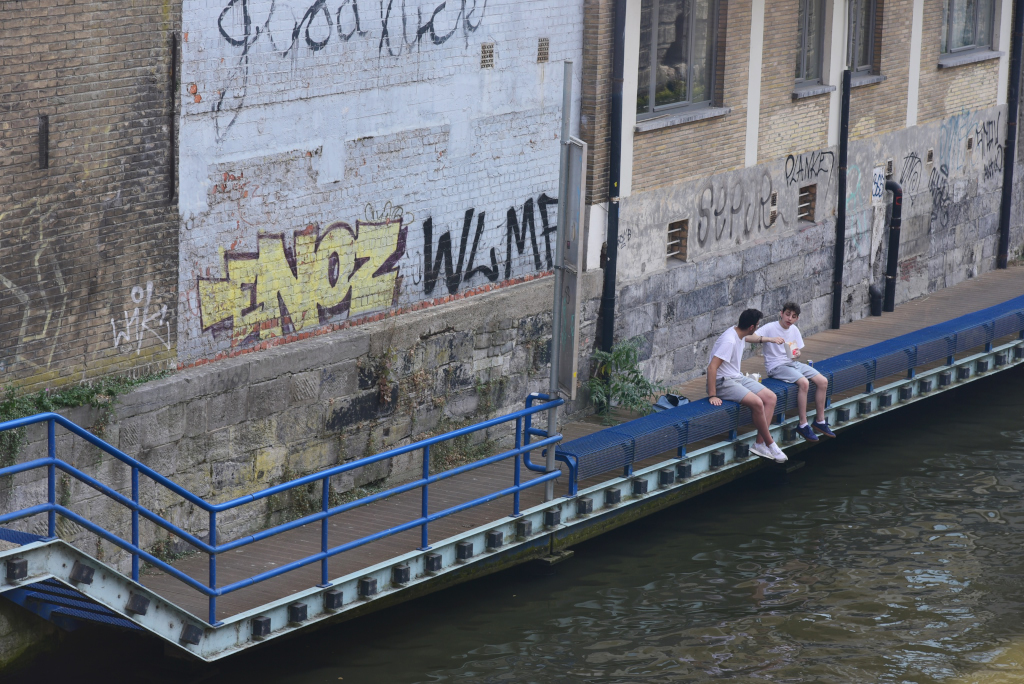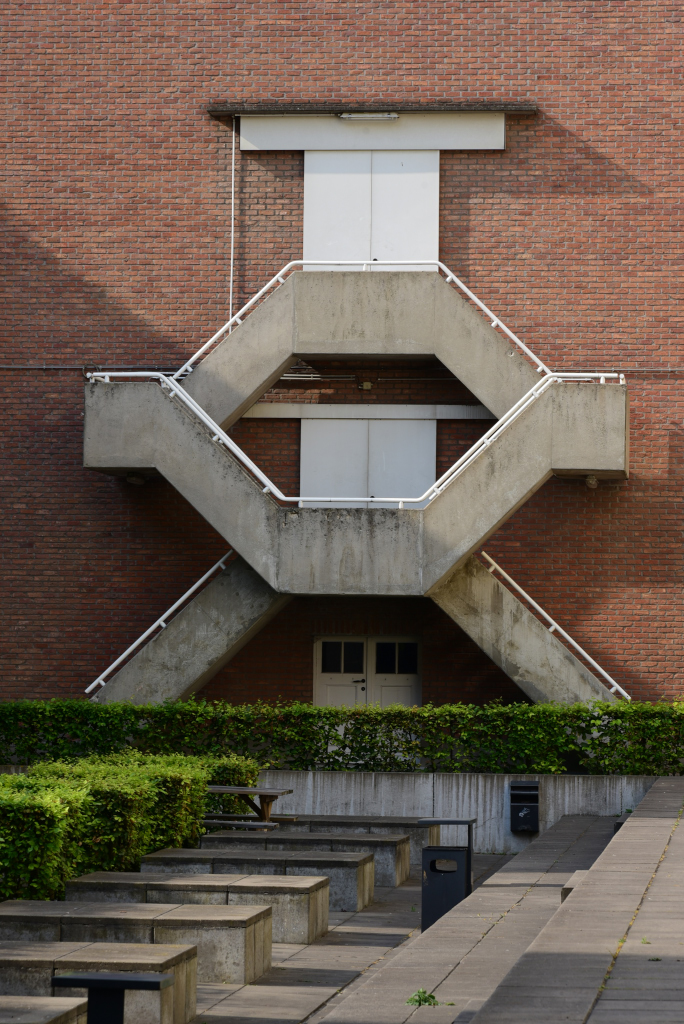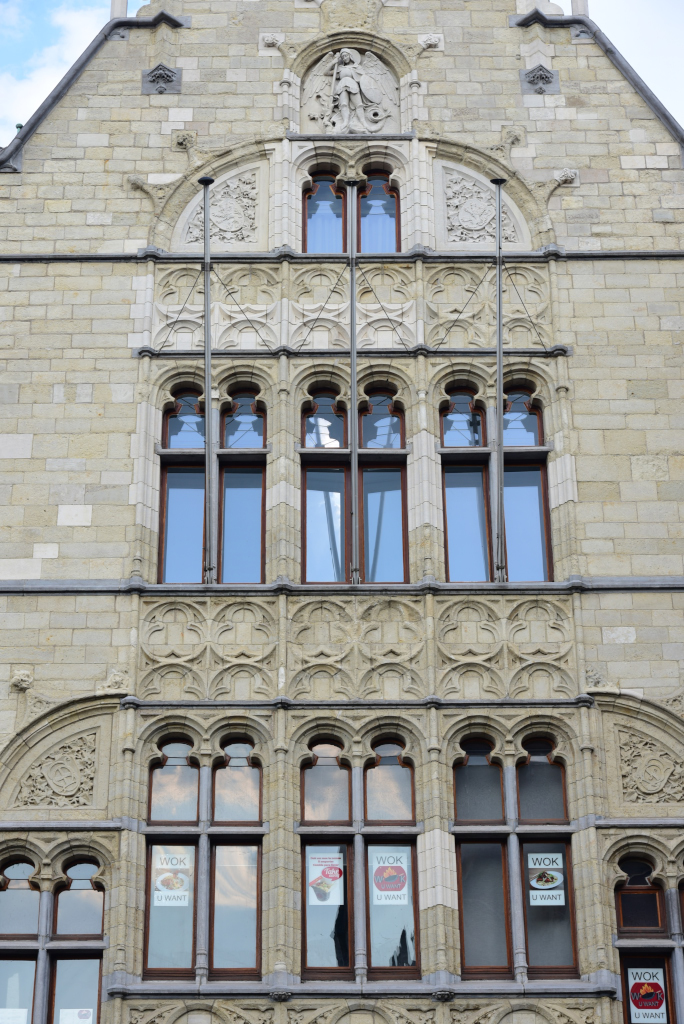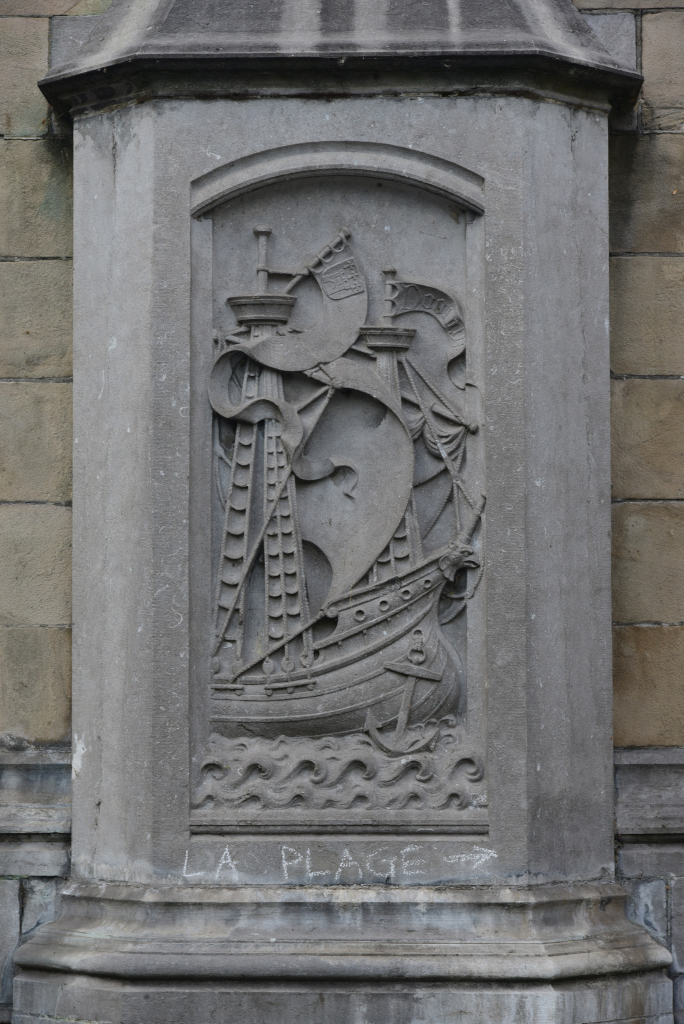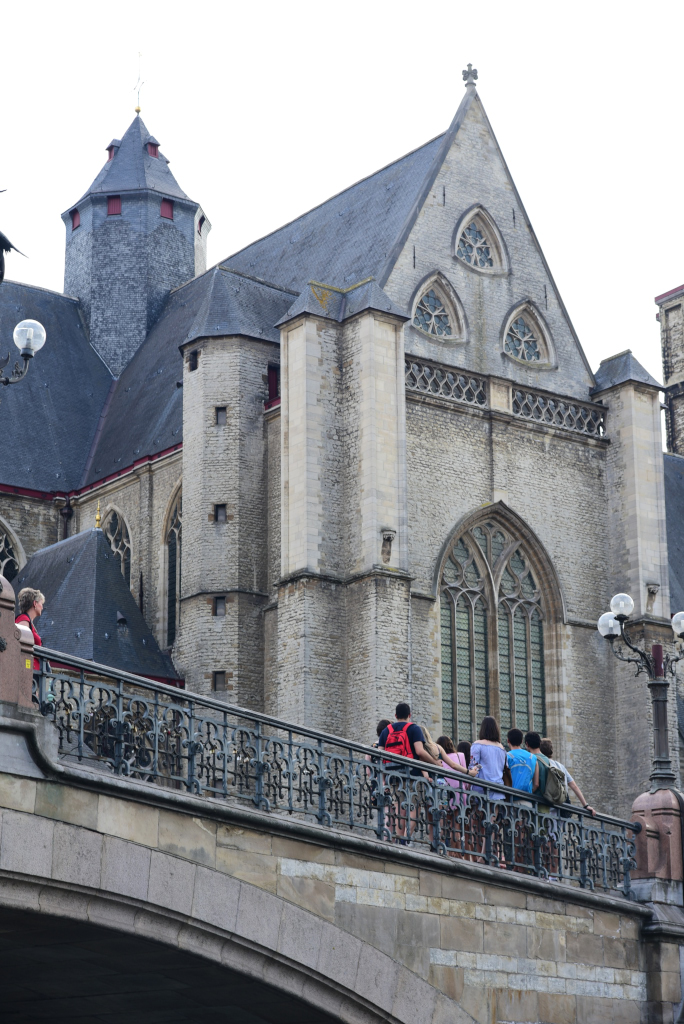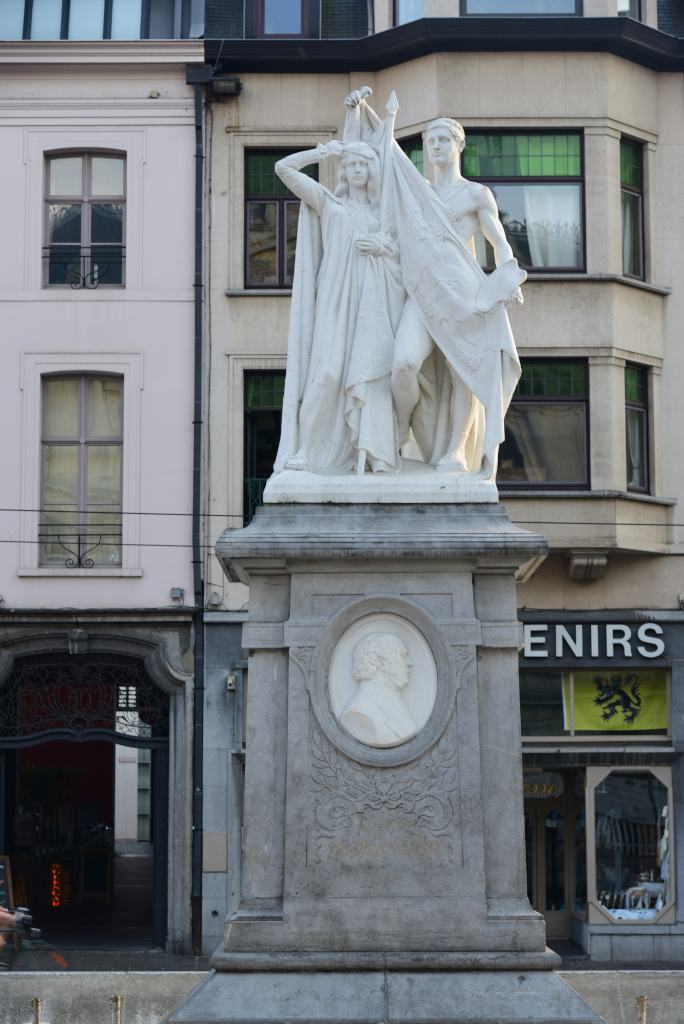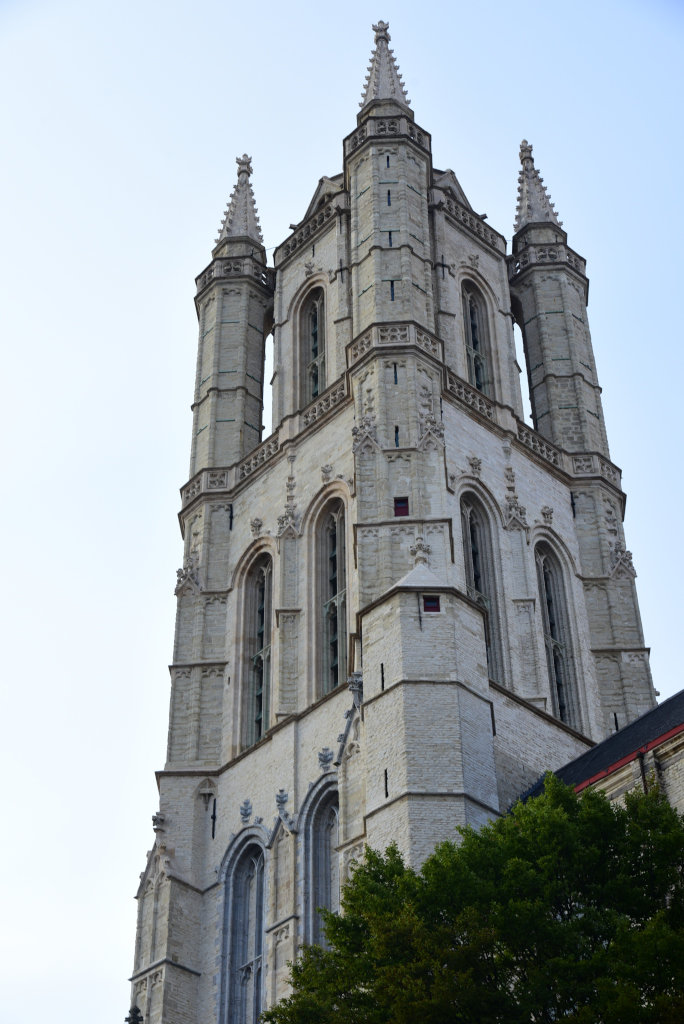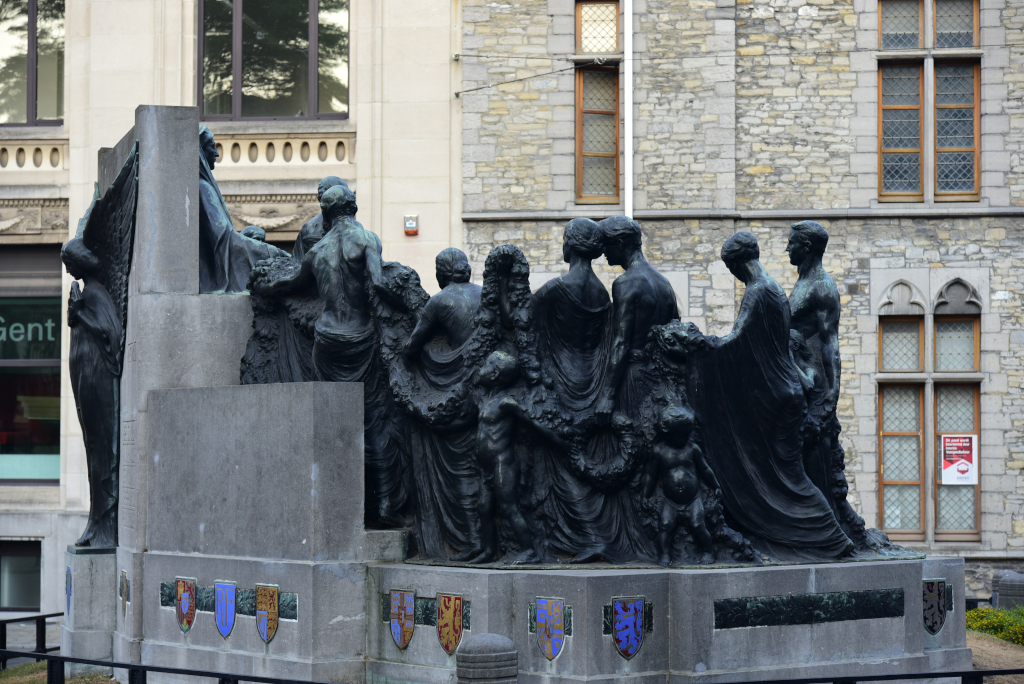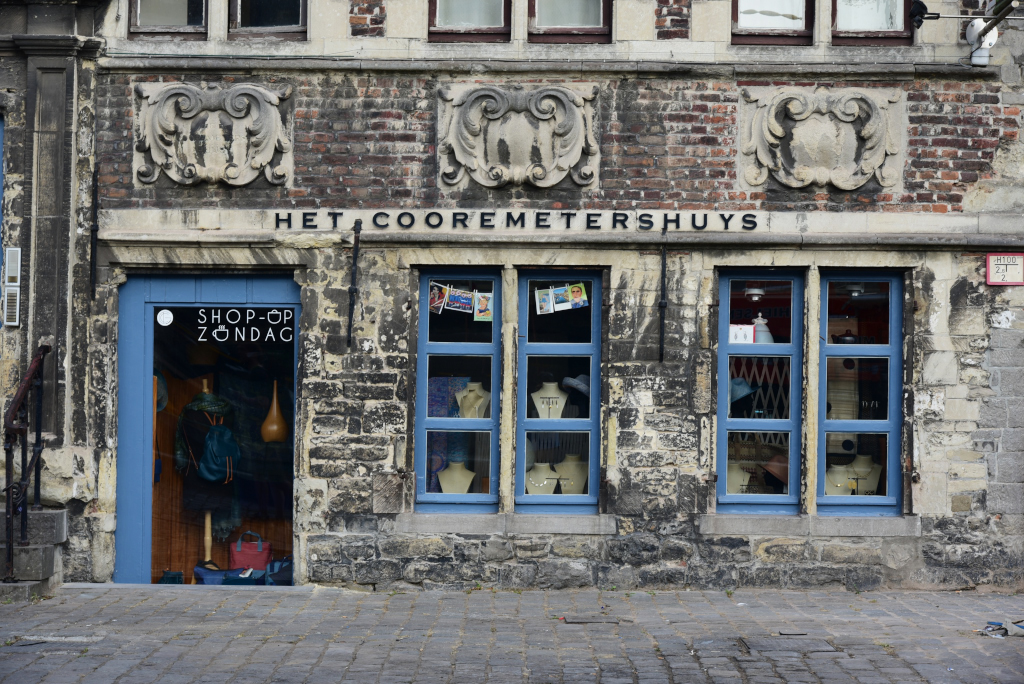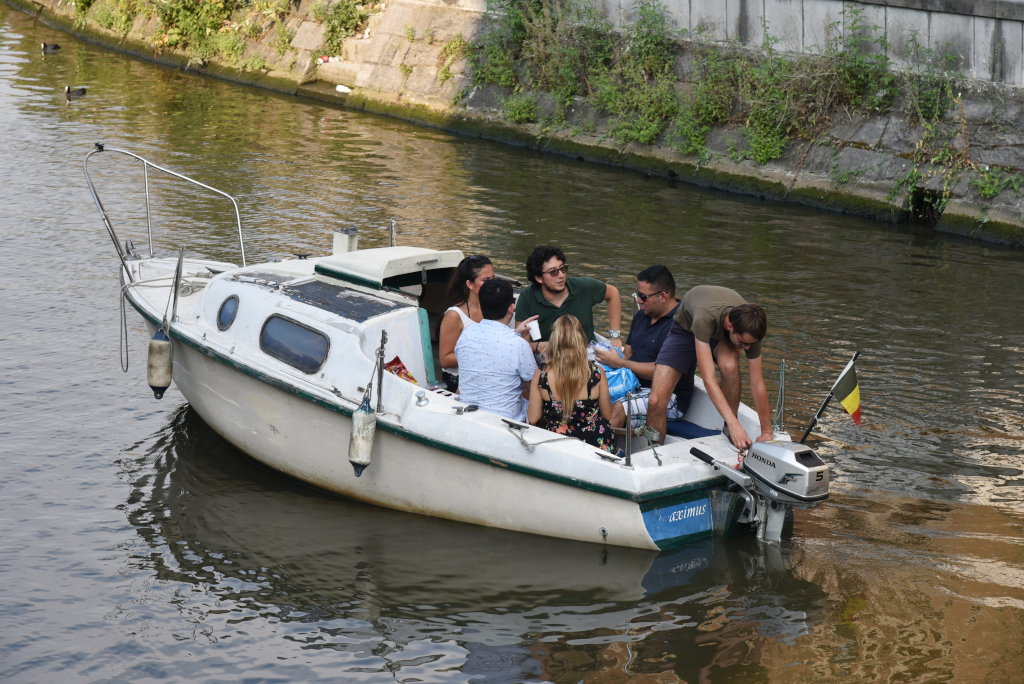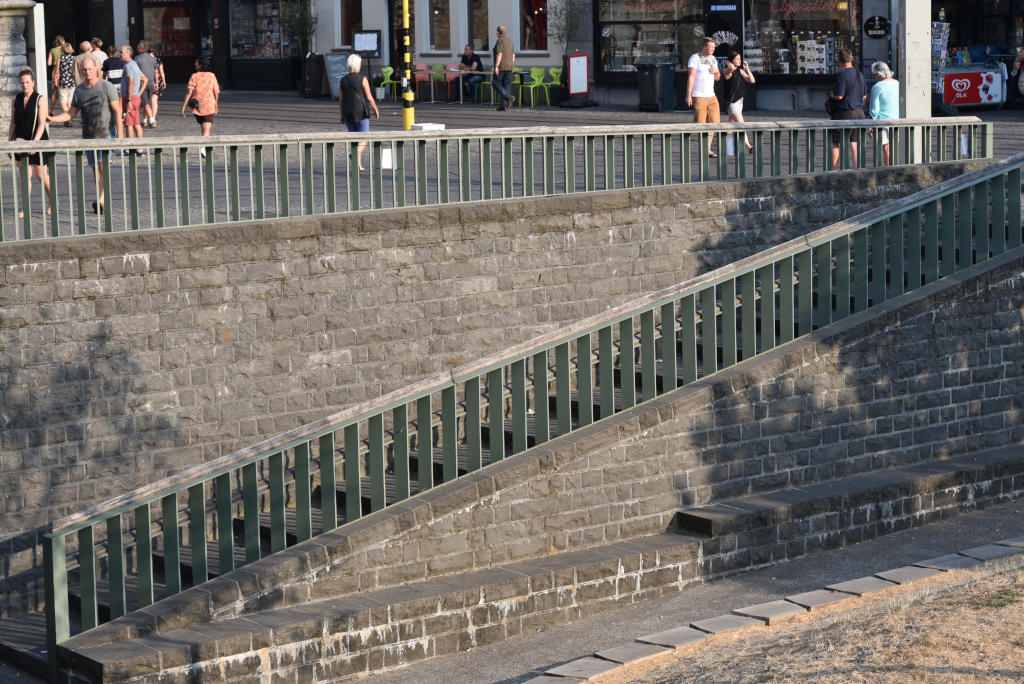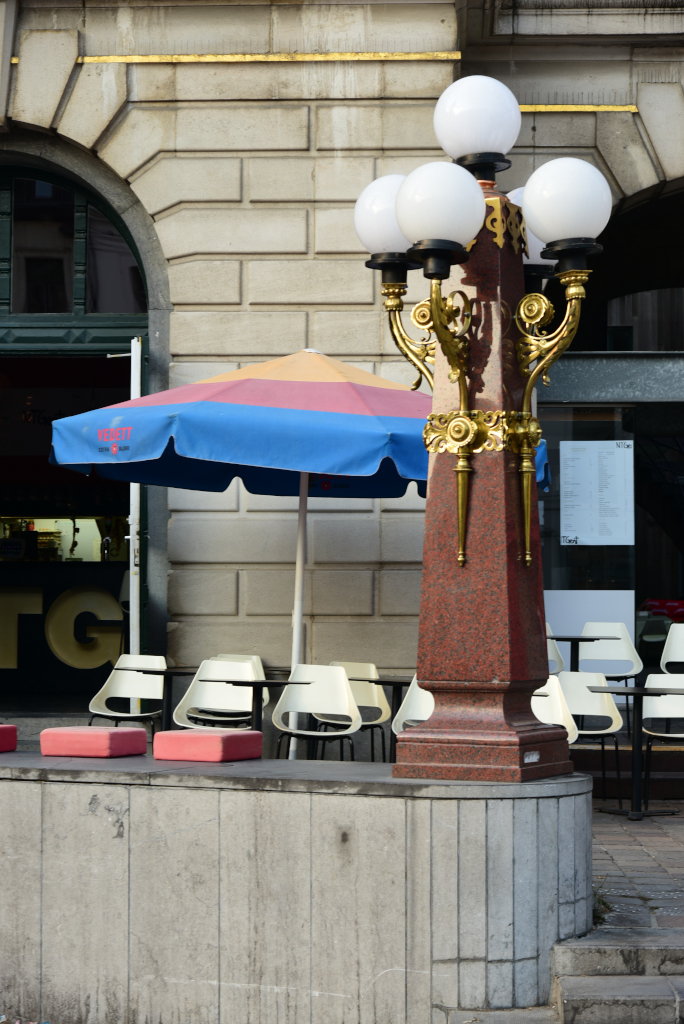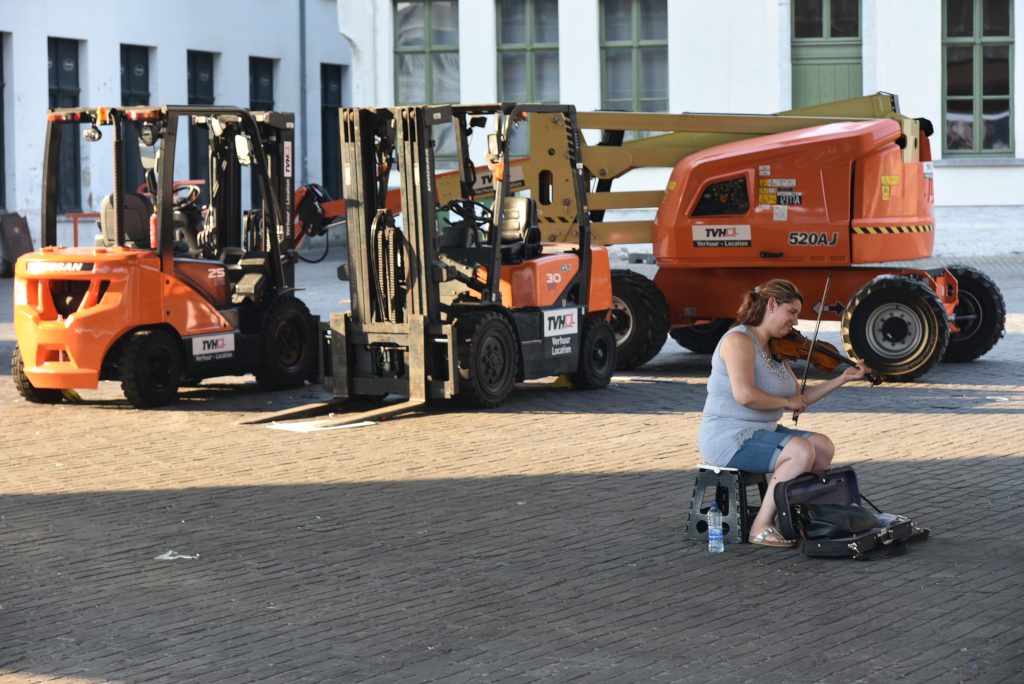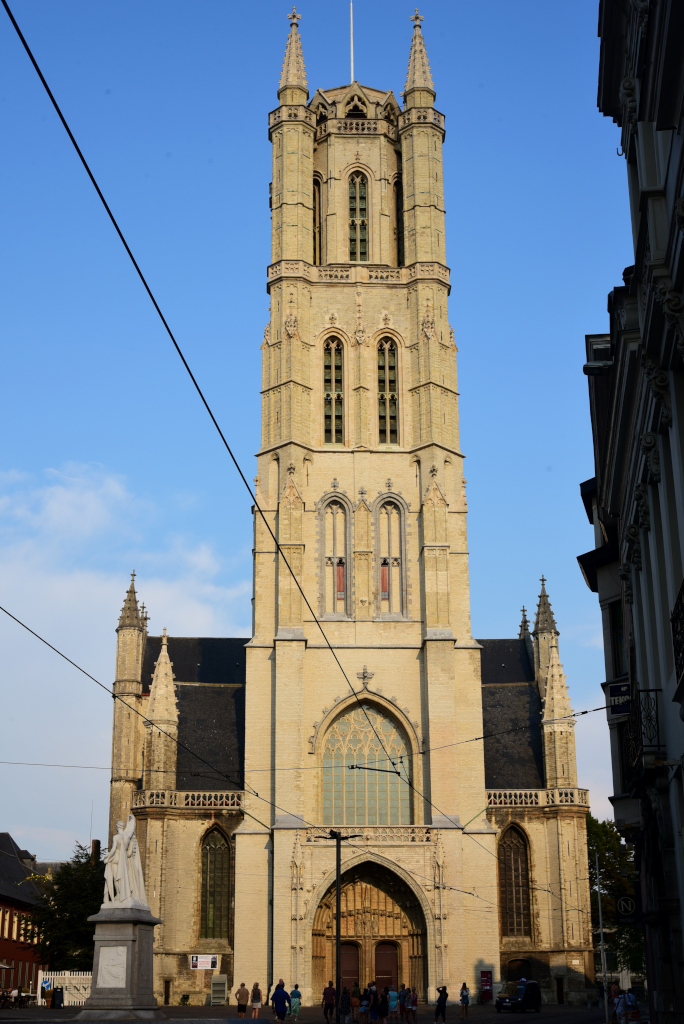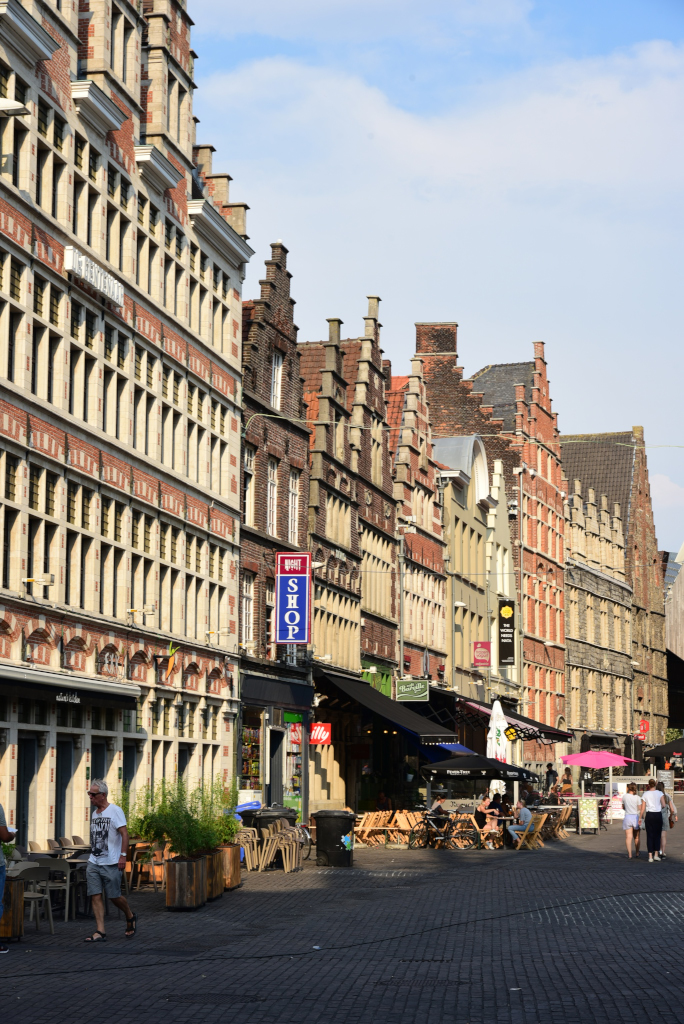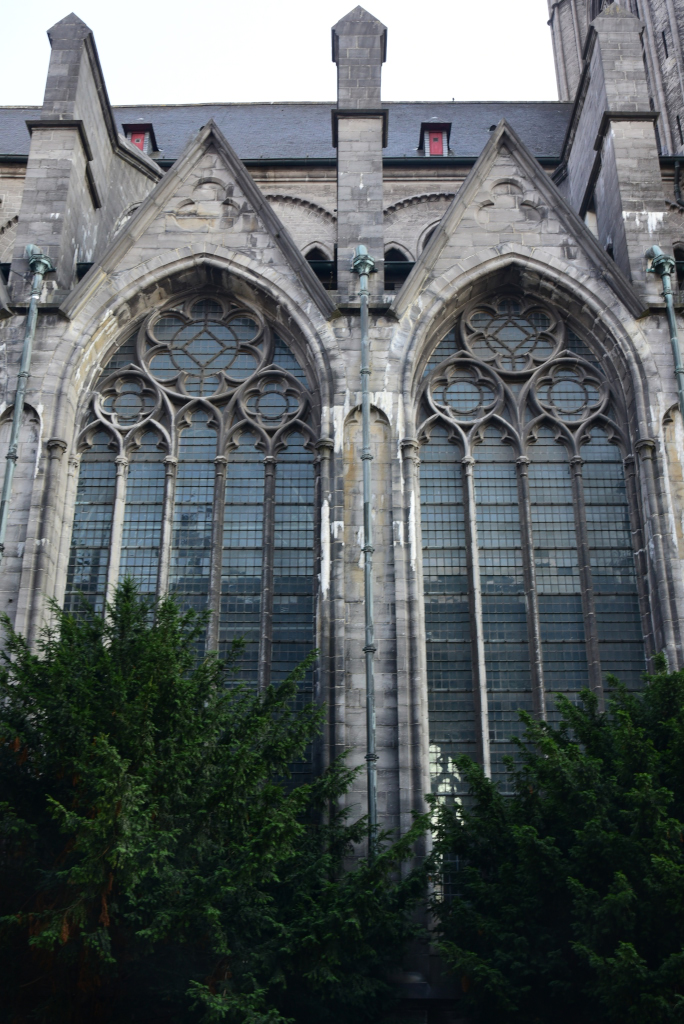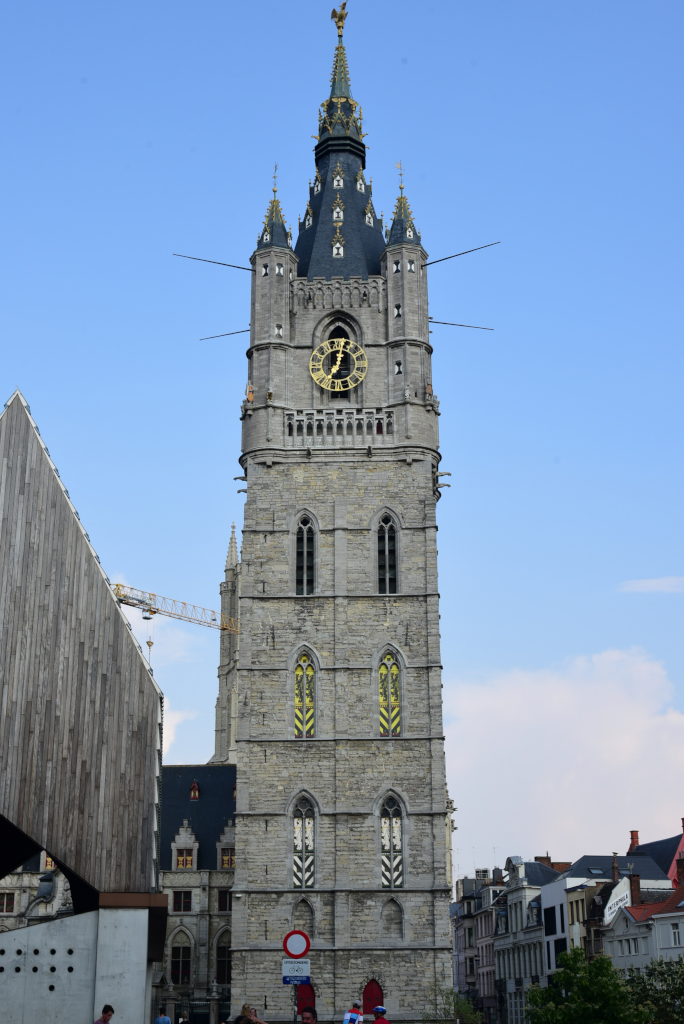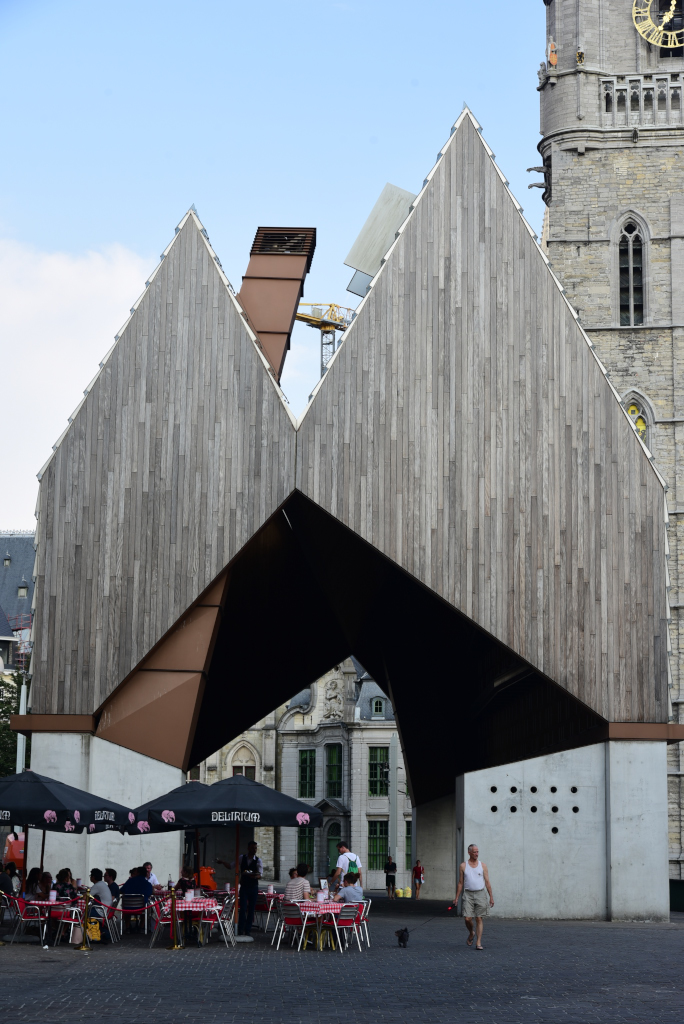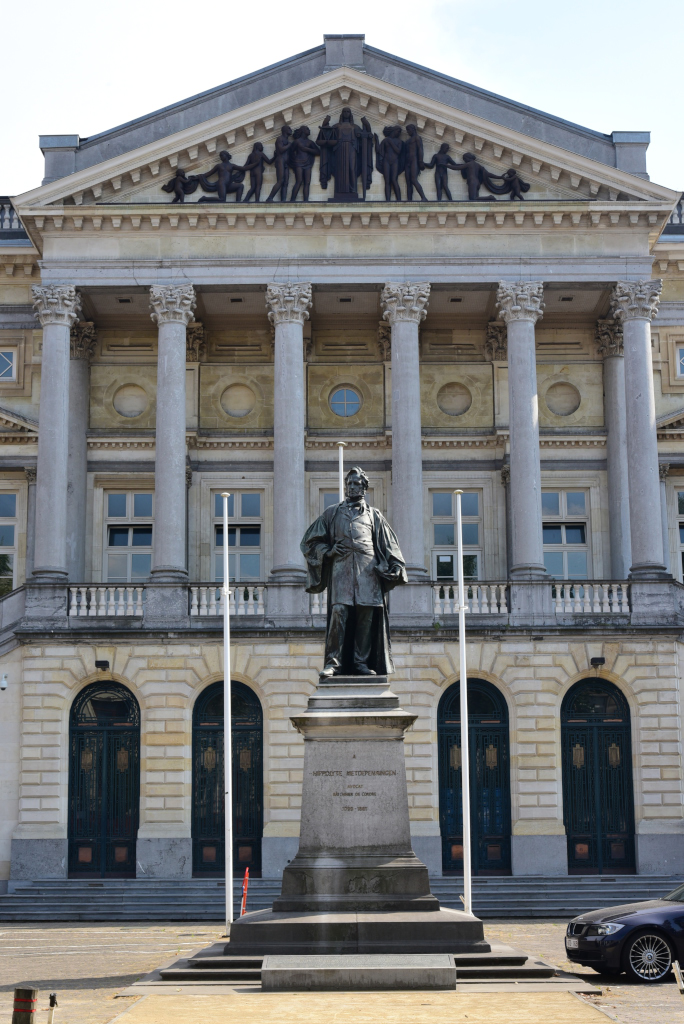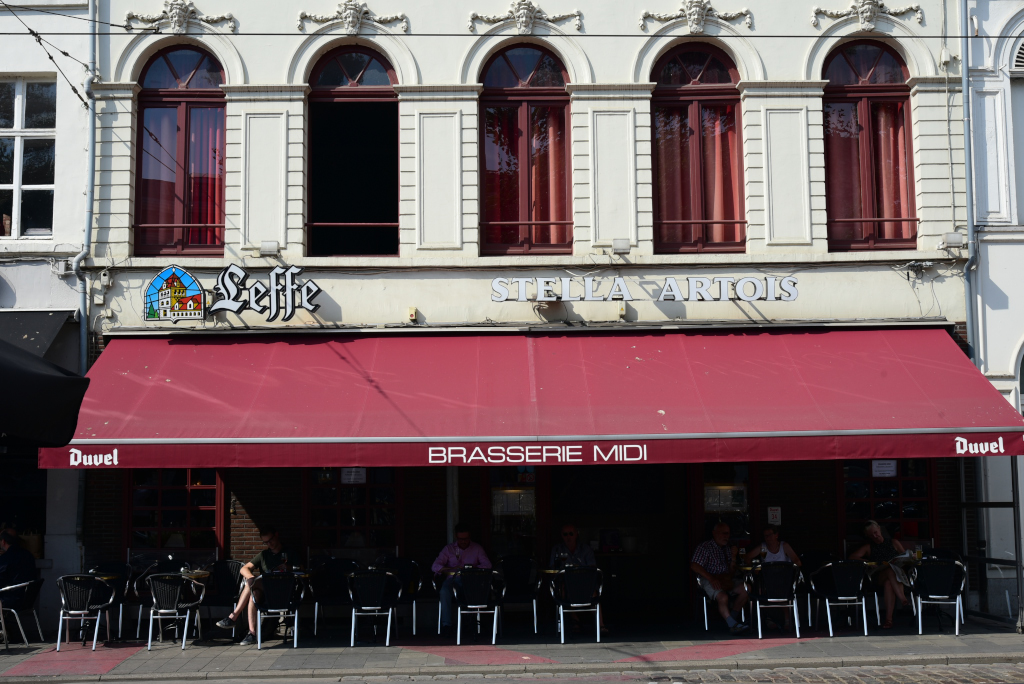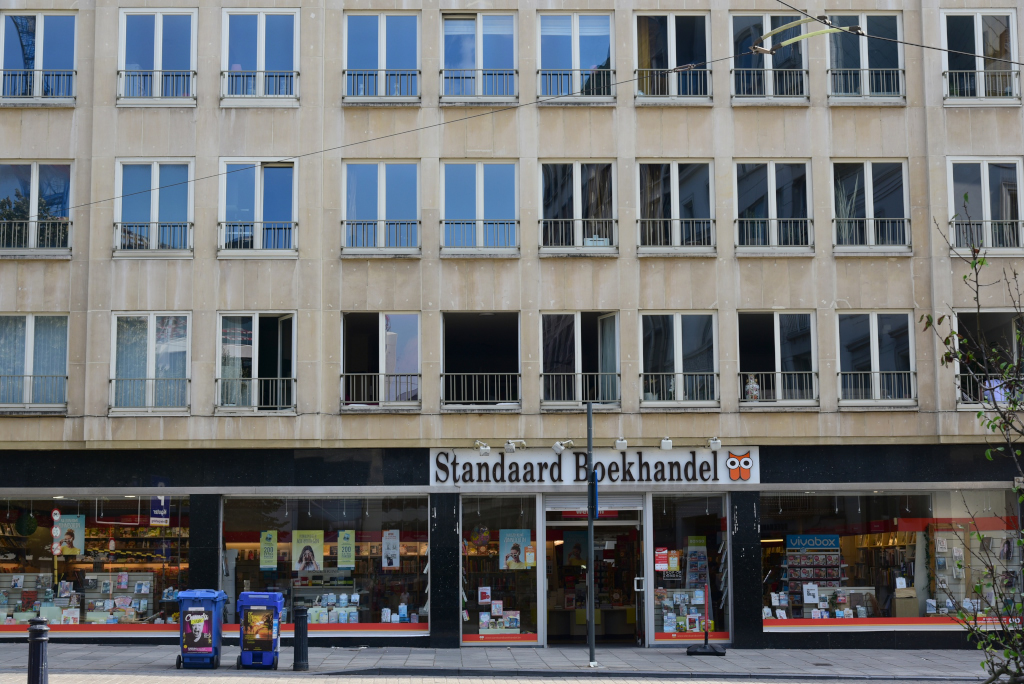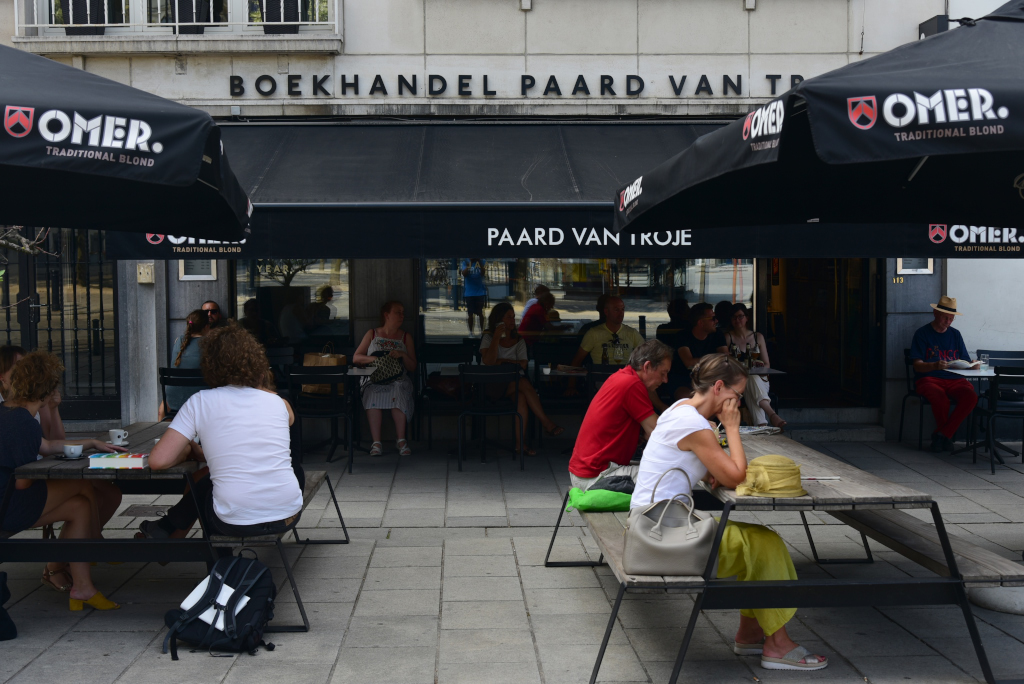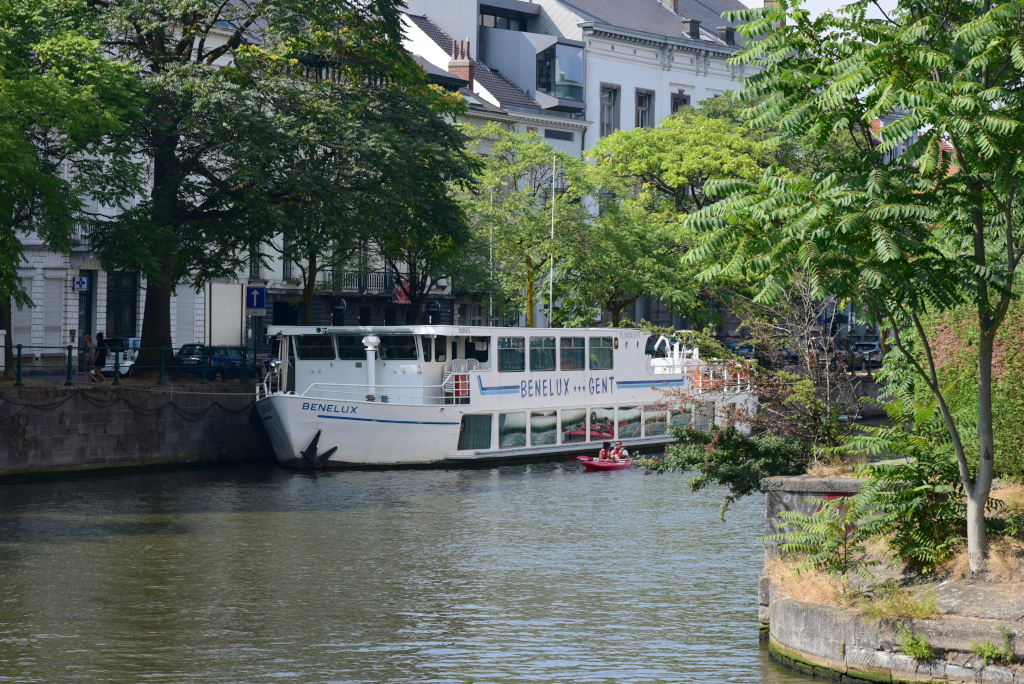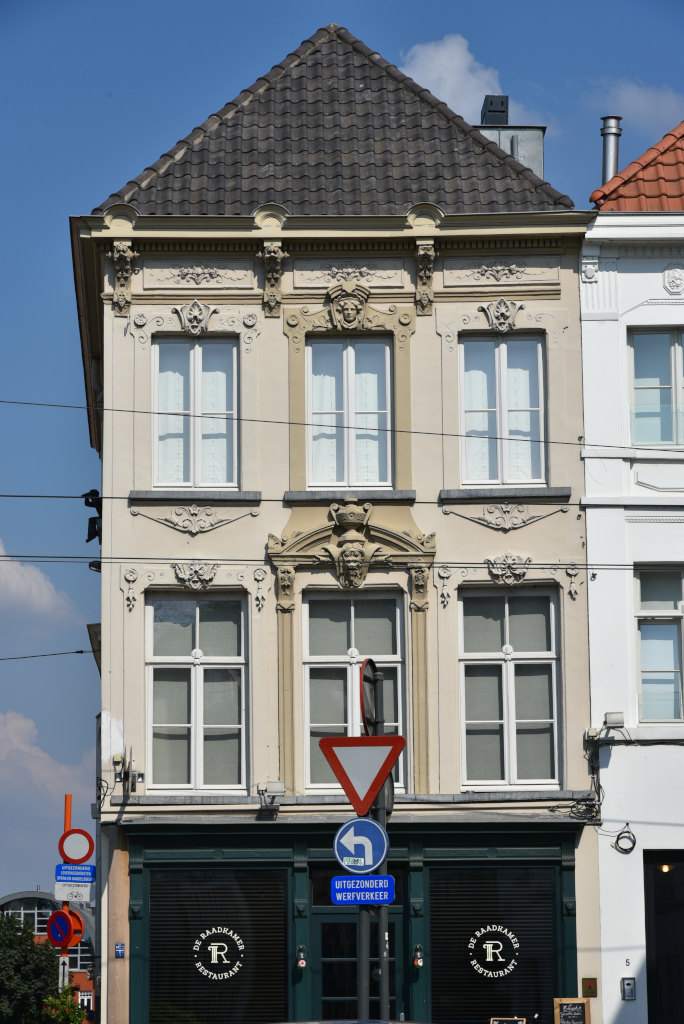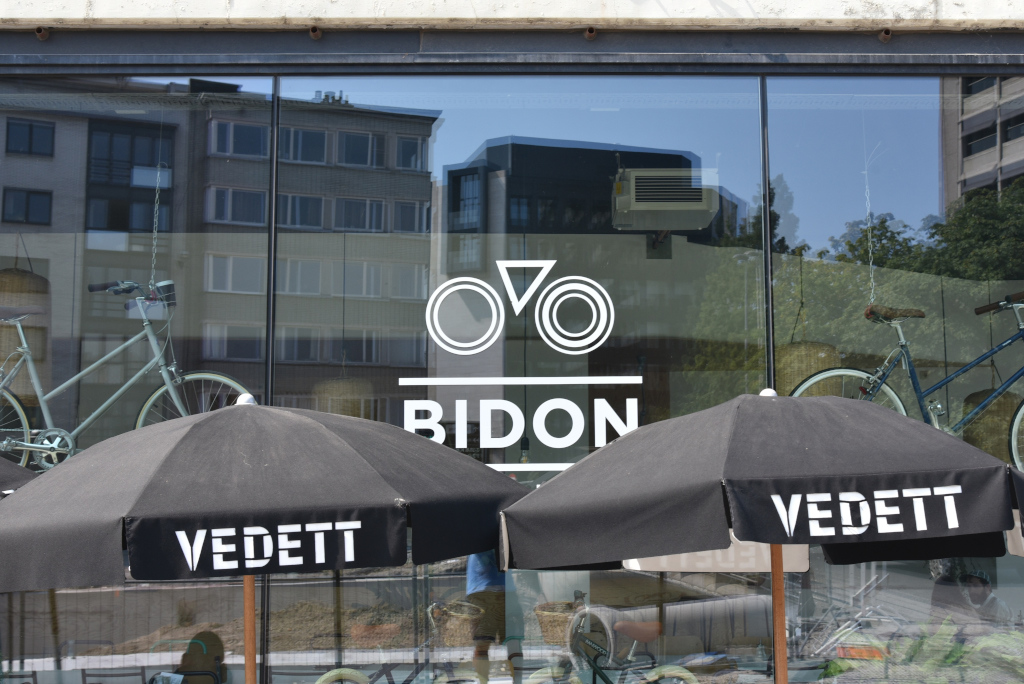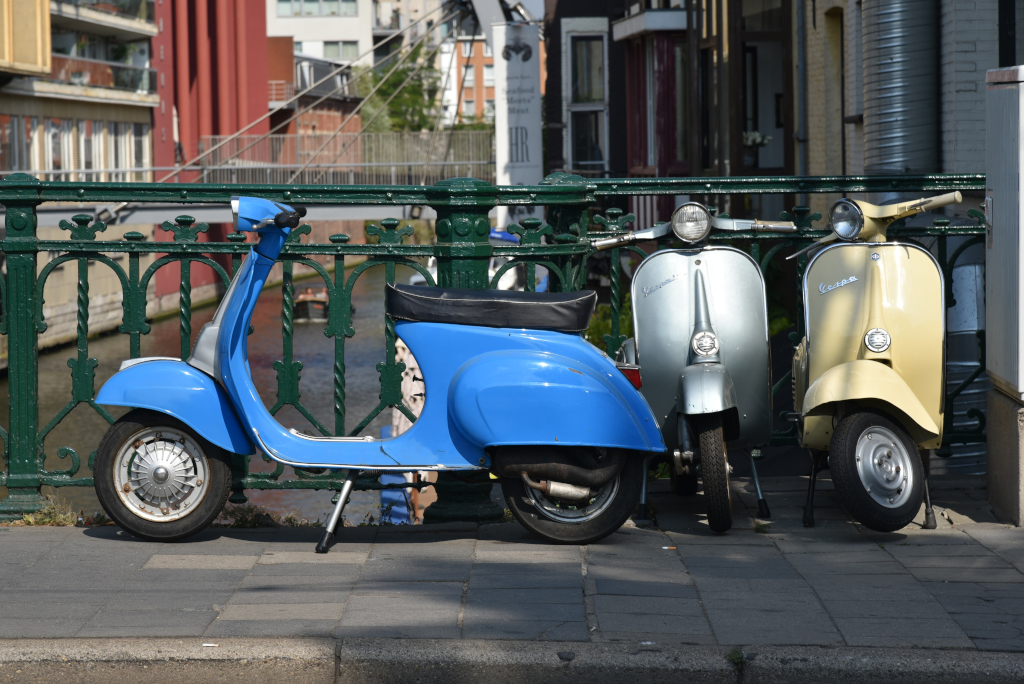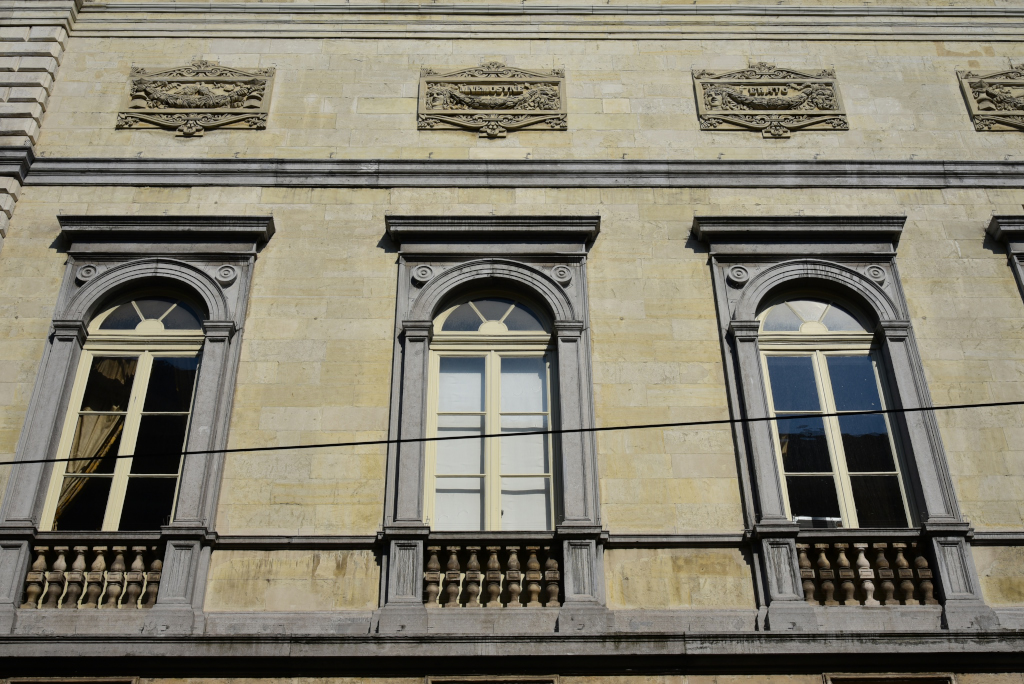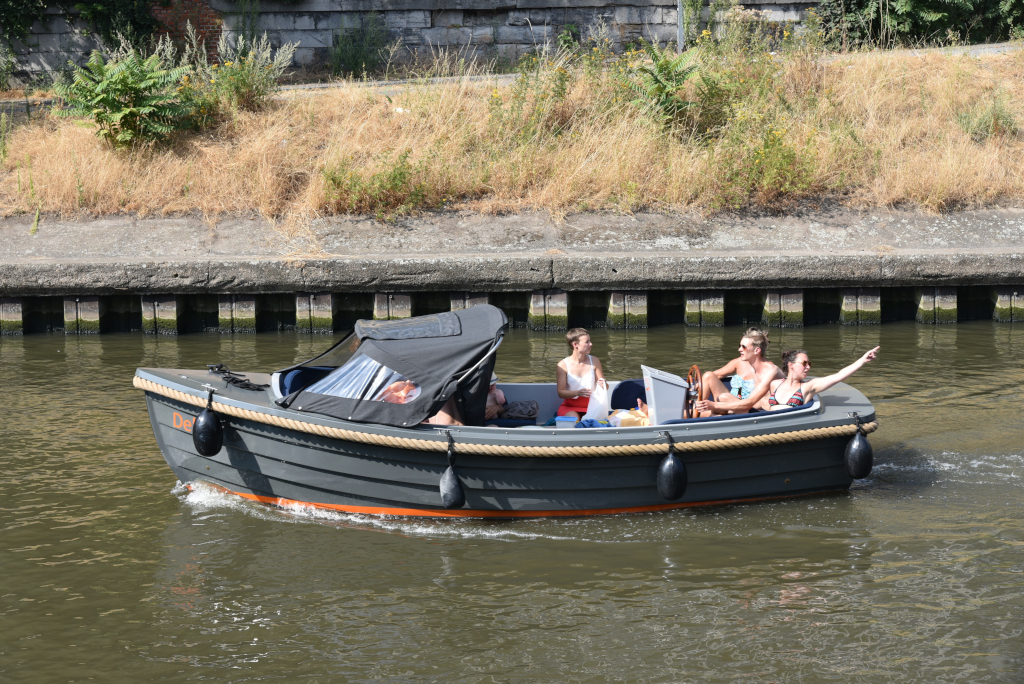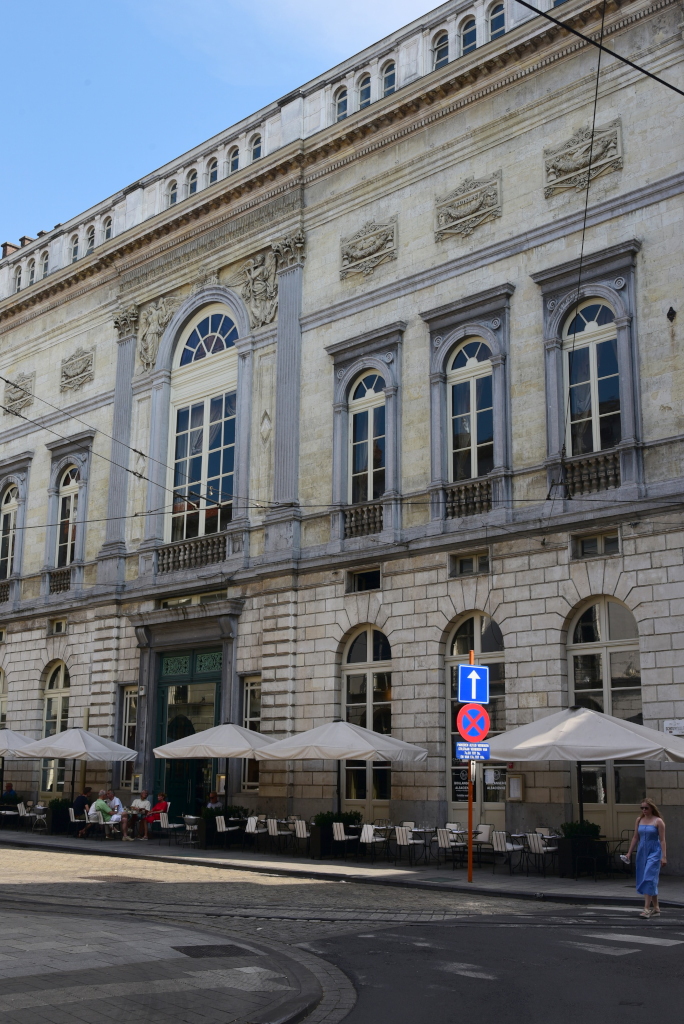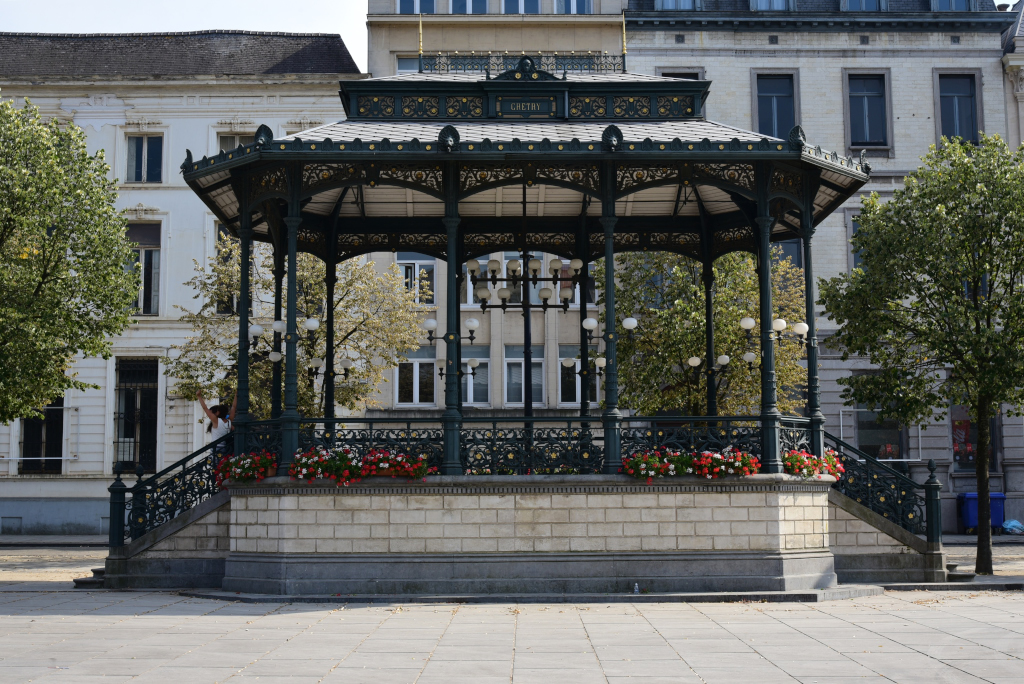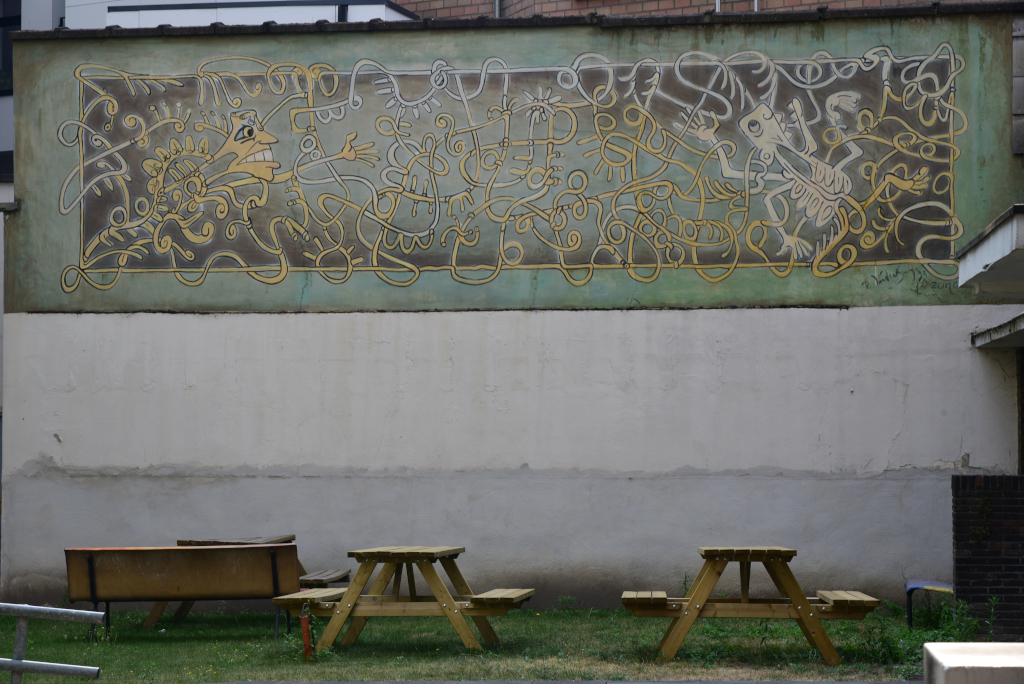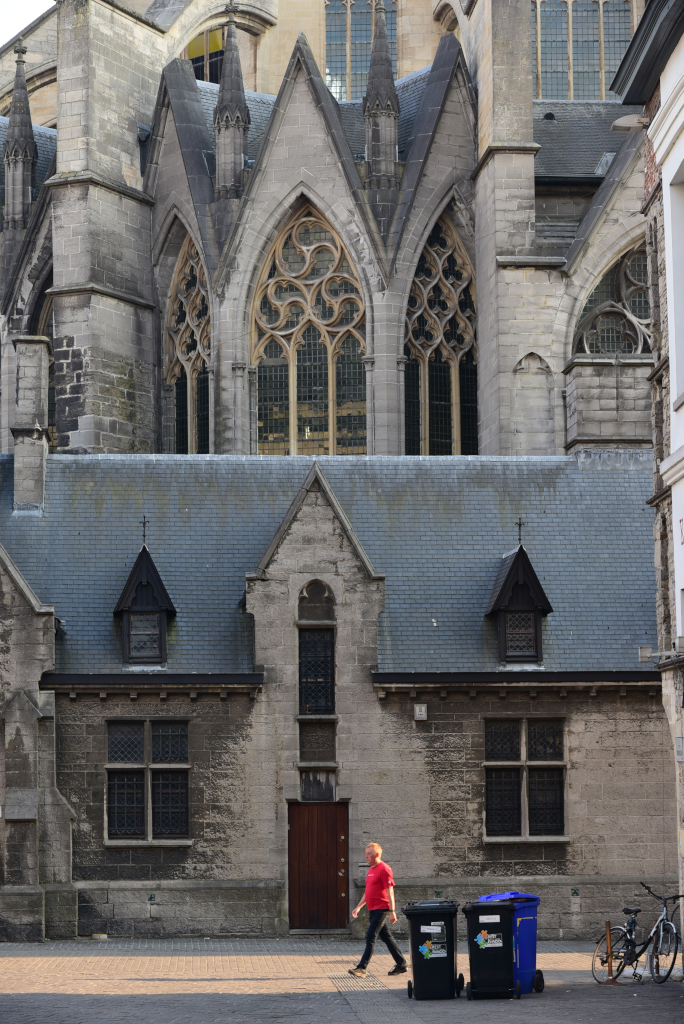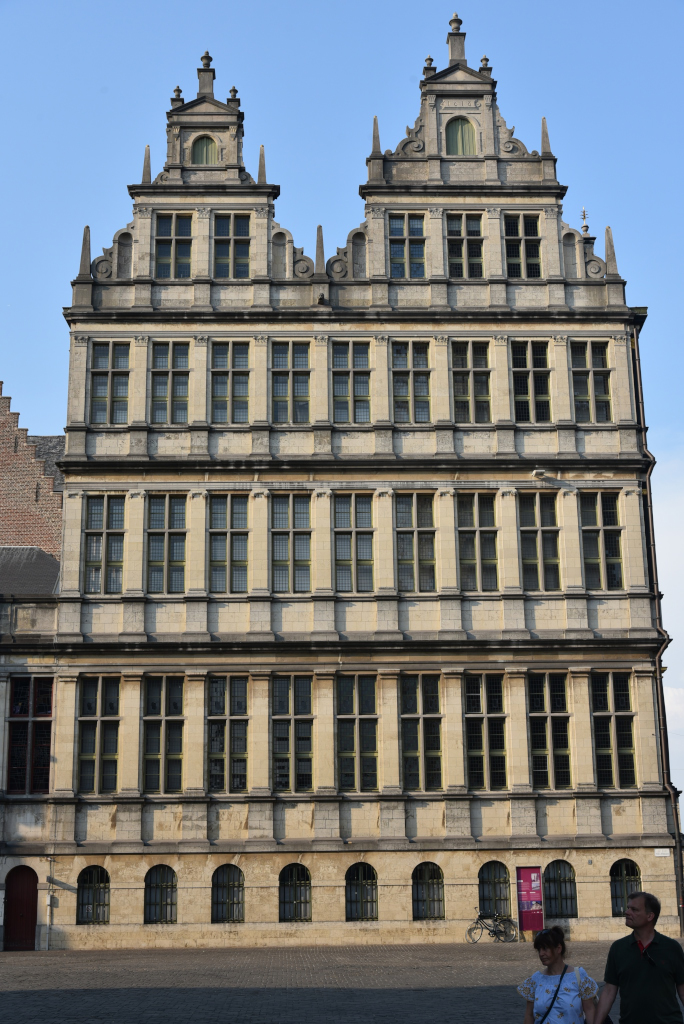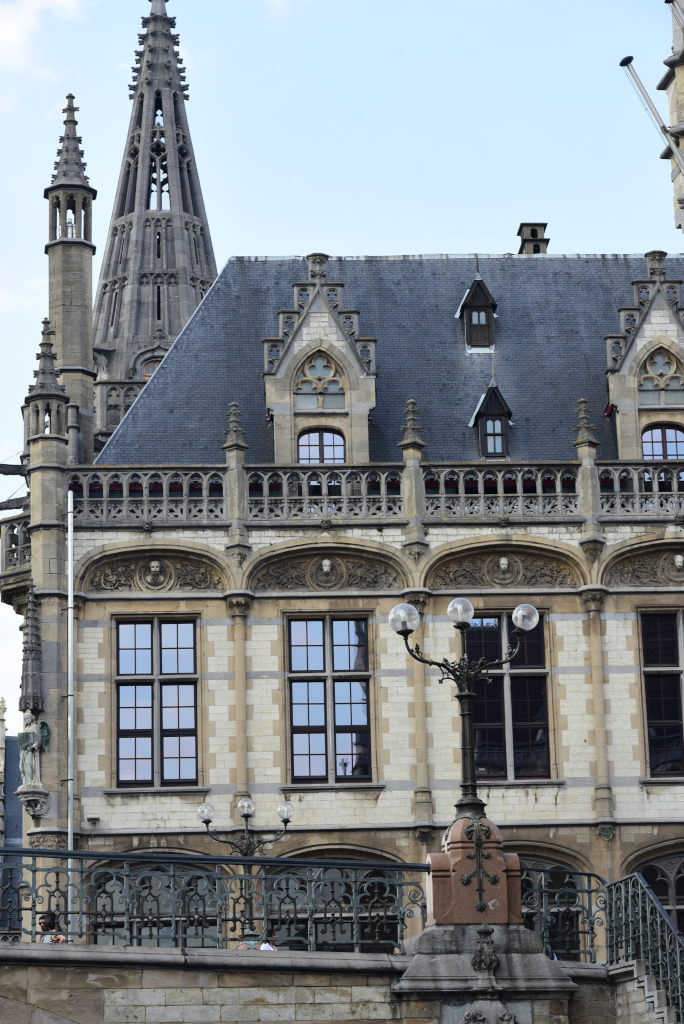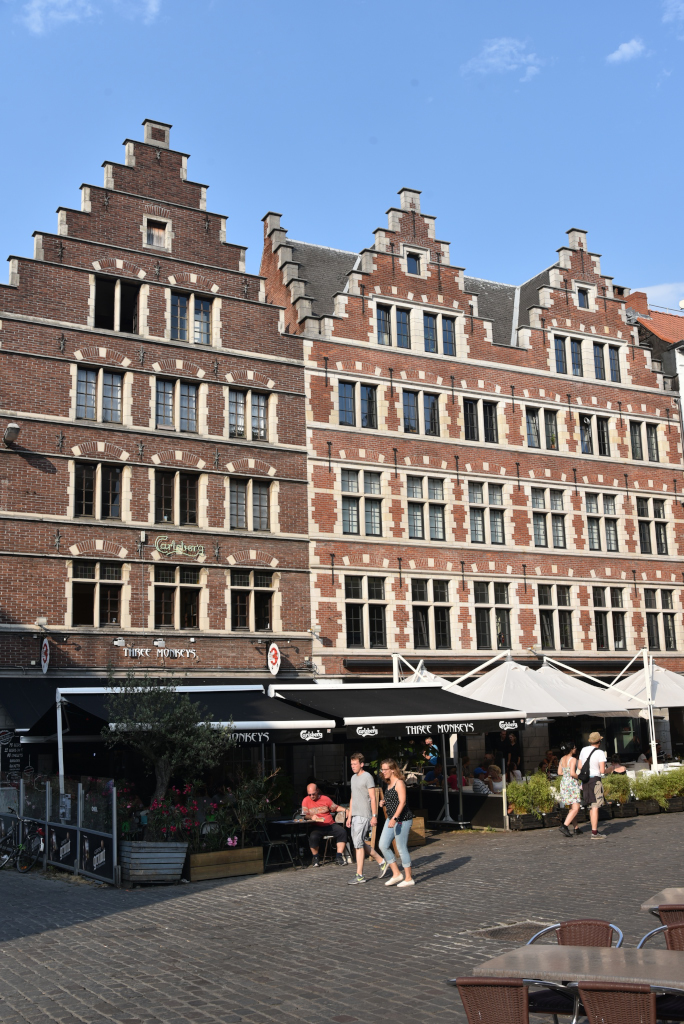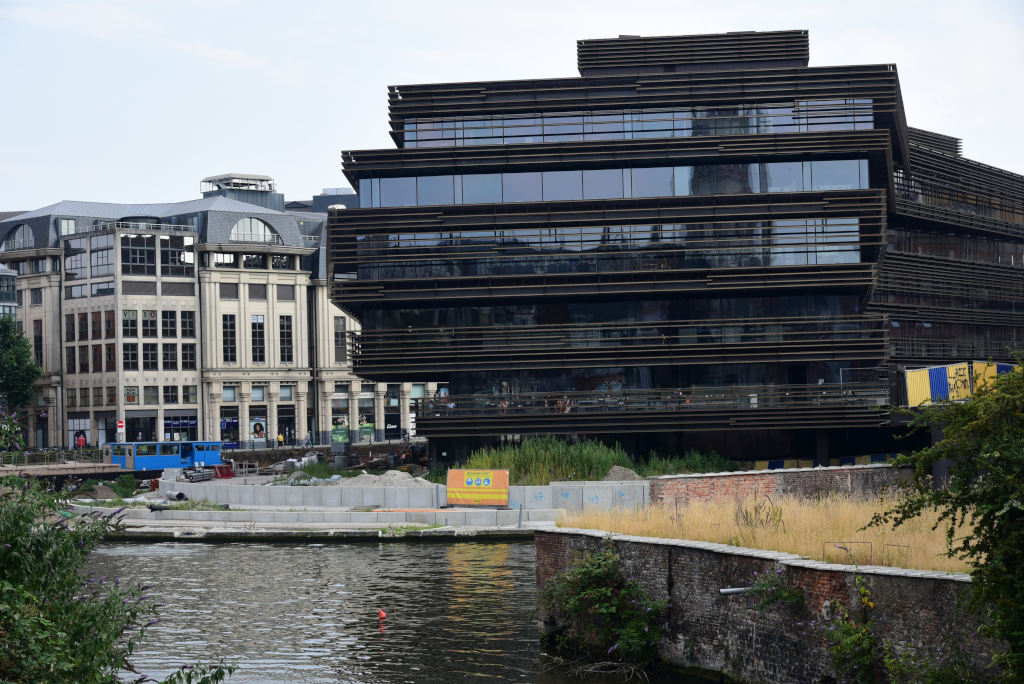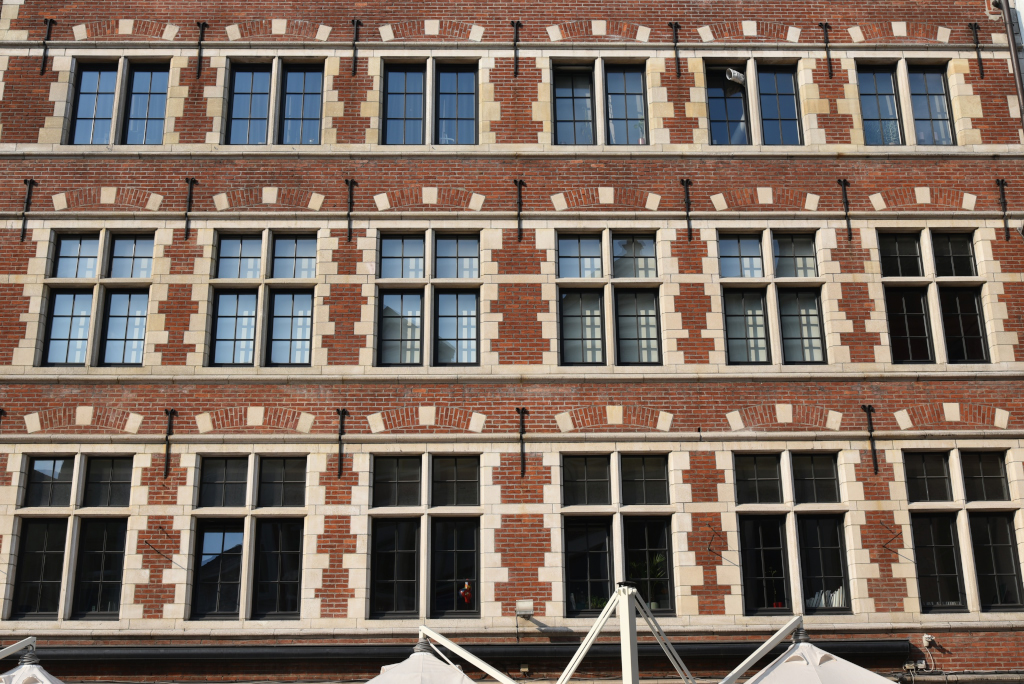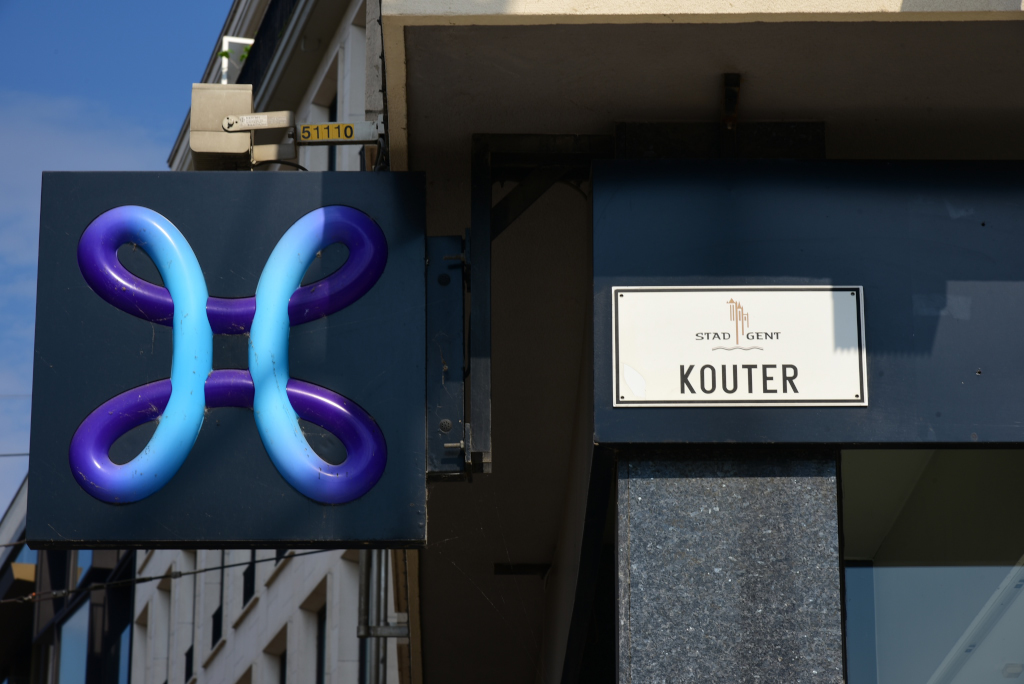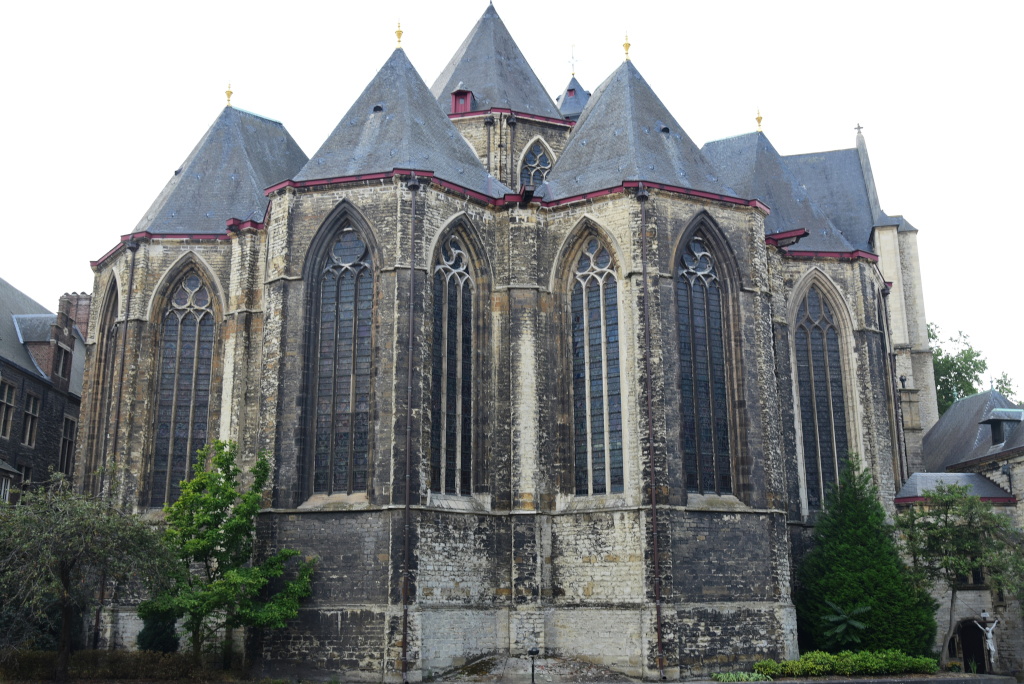July 26, 2018
Around 650, Saint Amand founded two abbeys in Ghent, St. Peter’s and Saint Bavo’s Abbey. Around 800, Louis the Pious, son of Charlemagne, appointed Einhard, the biographer of Charlemagne, as abbot of both abbeys. In 851 and 879, the city was attacked and plundered twice by the Vikings.
The city flourished from the 11th century onward, by the 13th century the biggest city in Europe north of the Alps after Paris, and larger than Cologne and Moscow, with some 65,000 inhabitants. The belfry and the towers of the Saint Bavo Cathedral and Saint Nicholas’ Church are just a few examples of the skyline of the period.
The waterways flowing through the city often flooded, creating fertile pastureland for the sheep whose wool was used for making cloth, which Ghent was a leading producer of in the Middle Ages.
The wool industry, originally established at Bruges, created the first European industrialized zone in Ghent in the High Middle Ages.
Wool was imported from Scotland and England, accounting for Flanders’ good relationship with Scotland and England. While trade with England suffered significantly during the Hundred Years’ War, the city recovered in the 15th century when Flanders was united with neighbouring provinces under the Dukes of Burgundy.
High taxes led to a rebellion and eventually the Battle of Gavere in 1453, in which Ghent suffered defeat at the hands of Philip the Good. Around this time, the centre of political and social importance in the Low Countries started to shift from Flanders (Bruges–Ghent) to Brabant (Antwerp–Brussels).
In 1500, Juana of Castile gave birth to Charles V, who became Holy Roman Emperor and King of Spain. Although native to Ghent, he punished the city after the 1539 Revolt of Ghent, and obliged the city’s nobles to walk in front of the Emperor barefoot with a noose (Dutch: strop) around the neck. Since this incident, the people of Ghent have been called Stroppendragers (noose bearers).
The late 16th and the 17th centuries brought devastation as a result of the Dutch War of Independence. The war ended the role of Ghent as a centre of international importance. In 1745, the city was captured by French forces during the War of the Austrian Succession before being returned to the Empire of Austria under the House of Habsburg following the Treaty of Aix-la-Chapelle in 1748.
The first mechanical weaving machine on the European continent was developed in Ghent in 1800 based on plans smuggled from England, allowing the textile industry in the city to flourish again.
The Treaty of Ghent formally ended the War of 1812 between Great Britain and the United States (the North American phase of the Napoleonic Wars). After the Battle of Waterloo, Ghent and Flanders, previously ruled from the House of Habsburg as the Austrian Netherlands, became a part of the United Kingdom of the Netherlands with the northern Dutch for 15 years.
(Narrative excerpted from Wikipedia)

